Are you a real history buff and are you looking for the best history museums to visit in Castile and León? These are the ones:
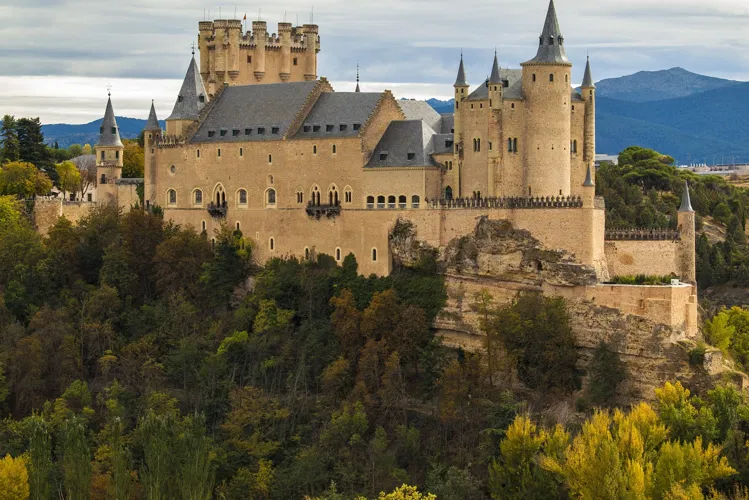
Alcázar of Segovia
Segovia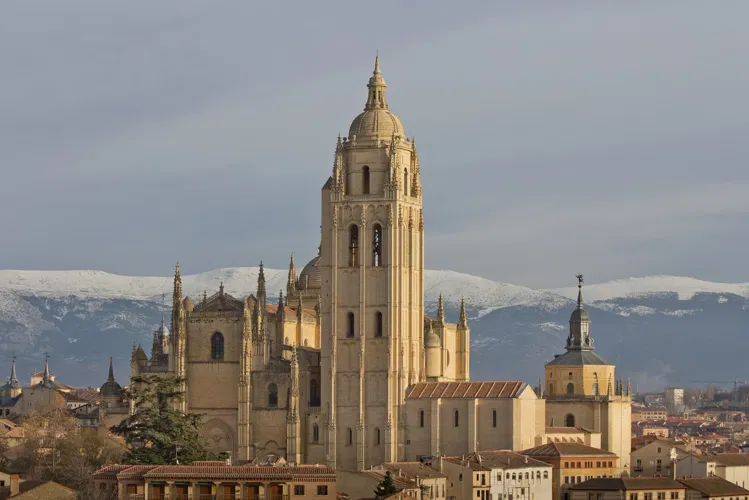
Cathedral of Segovia
Segovia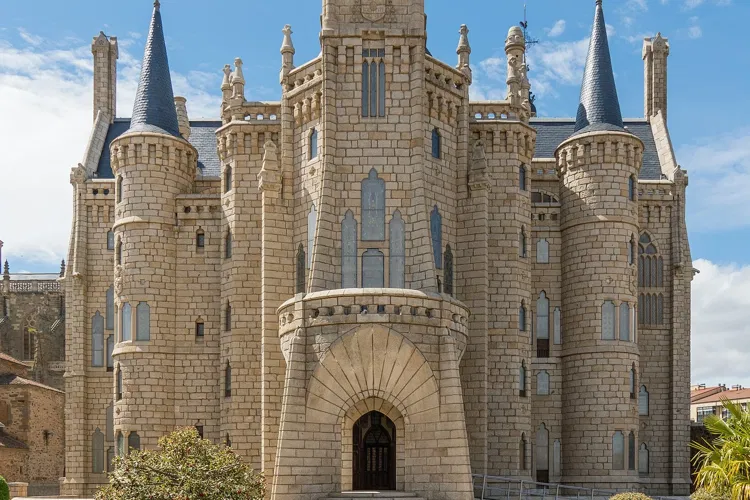
Palace of Gaudí
AstorgaThe Episcopal Palace of Astorga, a masterpiece by the renowned Catalan architect Antoni Gaudí, stands as a testament to the Catalan Modernisme style. Constructed between 1889 and 1913, this architectural marvel is one of only three buildings by Gaudí outside Catalonia. Its unique design and historical significance make it a fascinating destination for those interested in architecture and history.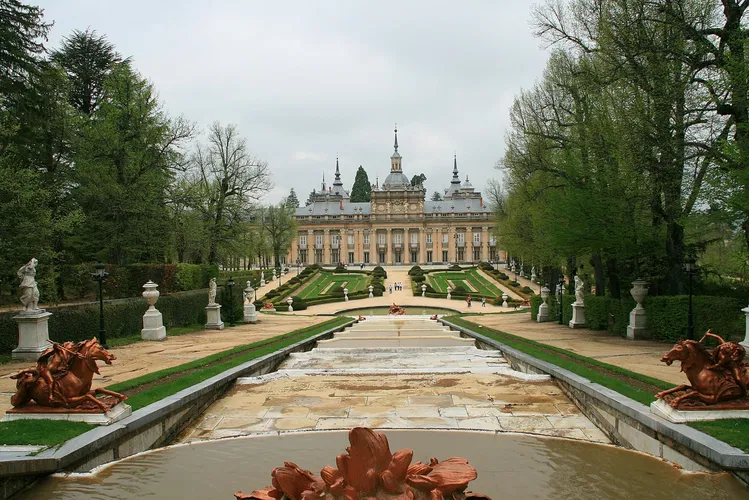
Royal Palace of La Granja de San Ildefonso
San Ildefonso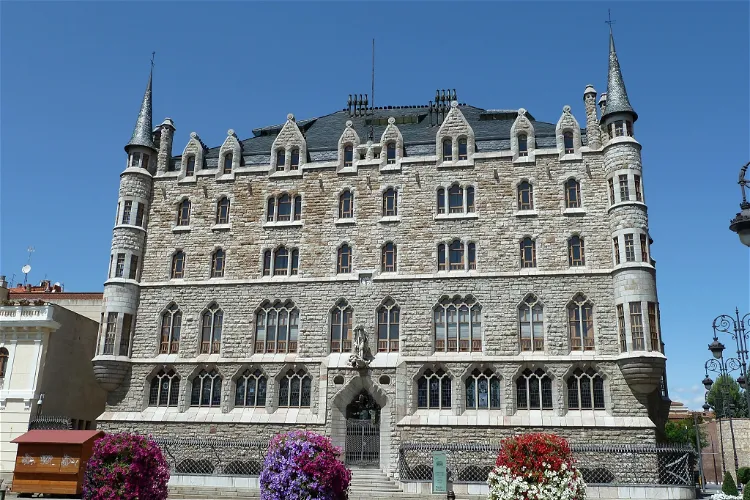
Gaudí Botines House Museum
LeónThe Casa Botines, constructed between 1891 and 1892, is a Modernist building located in León, Spain. This architectural masterpiece was designed by the renowned architect Antoni Gaudí. Today, it serves as a museum that showcases the works of Gaudí, Spanish art from the 19th and 20th centuries, and the history of the Casa Botines itself.
Arco de Santa María
BurgosThe Arco de Santa María in Burgos, Spain, is a significant historical site, being one of the twelve medieval gates that the city had during the middle ages. This gate is a testament to the city's rich history and offers a glimpse into the past.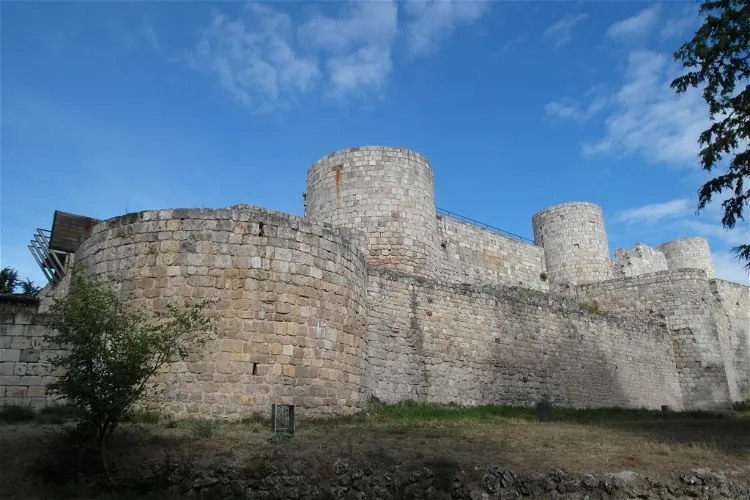
Castle of Burgos
BurgosThe Castle of Burgos is located on top of a small mountain, Cerro del Castillo, and stands about 75 meters above the city. This strategic location offers a panoramic view of the city, making it a great spot for sightseeing. The castle's elevated position also provides insight into its historical role as a defensive structure.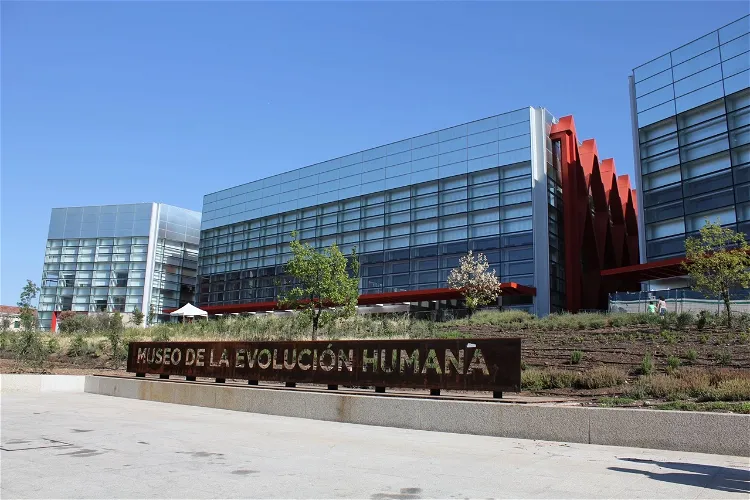
Museum of Human Evolution
BurgosThe Museum of Human Evolution is situated in the picturesque city of Burgos, Spain. It is nestled on the south bank of the river Arlanzón, providing a scenic backdrop for visitors. The museum's location is not only beautiful but also significant, as it is approximately 16 kilometers west of the Sierra de Atapuerca, a site known for some of the most important human fossil finds in the world.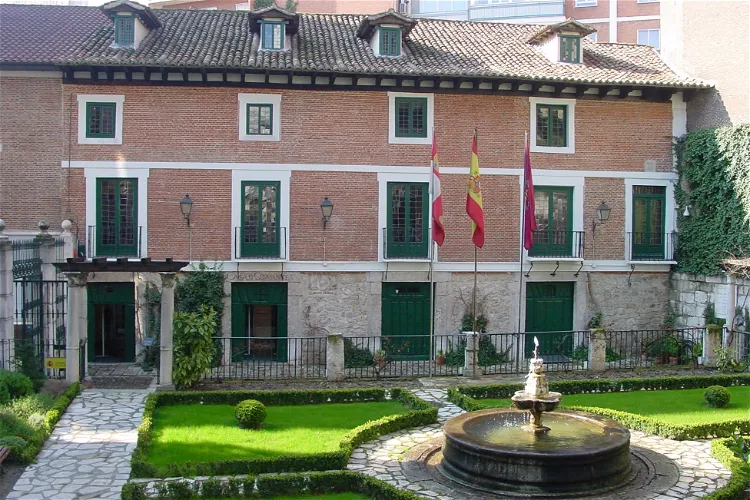
Cervantes Museum
ValladolidThe Casa de Cervantes, or Cervantes' House, is a museum situated in the city of Valladolid, Spain. This building was once the residence of the renowned Spanish author, Miguel de Cervantes. It offers a unique opportunity to explore the life and times of the author in the very place he once called home.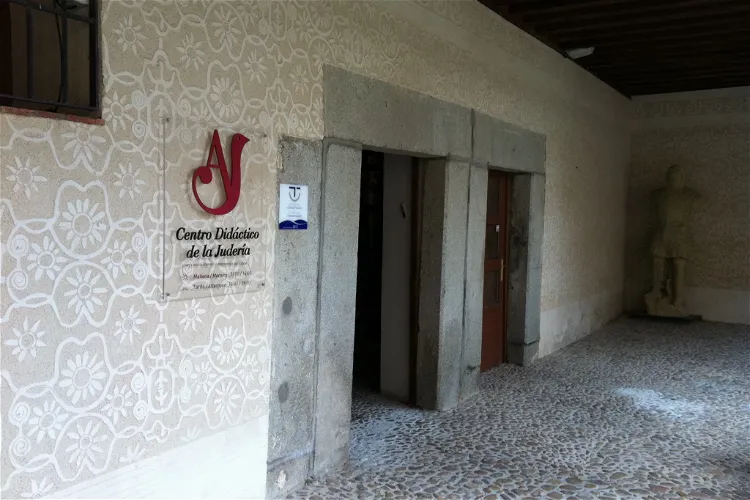
Didactic Center of the Jewish Quarter
SegoviaThe Didactic Center of the Jewish Quarter in Segovia is a Jewish educational center that was opened in 2004. It is located in the Jewish Quarter of the city of Segovia, Spain. The center is housed in the former home of Abraham Senior, a major rabbi and accountant of Castile.
Roman Museum of Astorga
AstorgaThe Roman Museum, situated in Astorga, Spain, is a significant historical site that offers a deep dive into the Roman history of the region. The museum is housed in the 'Roman Ergástula', a Roman-era construction that has been declared a National Historic Monument since 1951. This location adds a unique historical context to the museum, making it a fascinating destination for those interested in Roman history and architecture.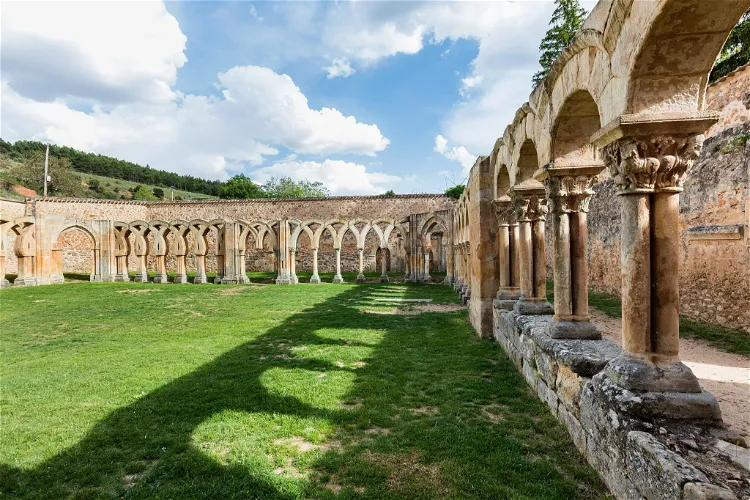
Monastery of San Juan de Duero
SoriaSan Juan de Duero, also known as Arcos de San Juan de Duero, is a significant site of Castilian Romanesque architecture. It is situated on the outskirts of the city of Soria, in the region of Castilla y León, Spain. This historical site serves as the Medieval Section of the Numantine Museum, offering visitors a glimpse into the architectural style and history of the period.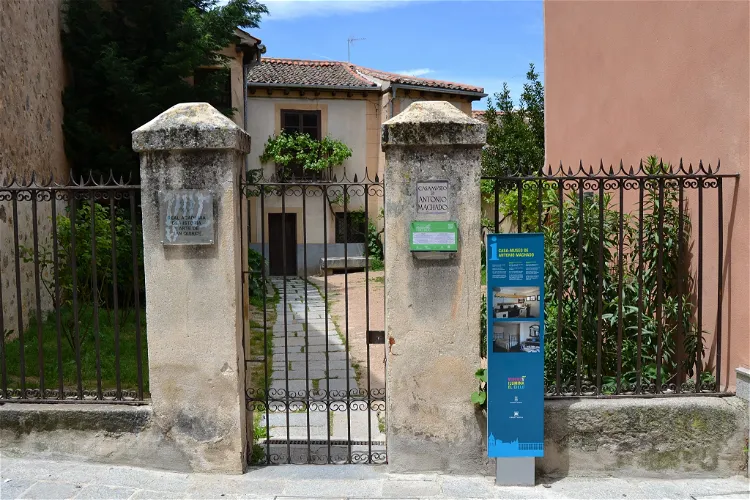
Antonio Machado House-Museum
SegoviaThe Antonio Machado House-Museum in Segovia is a traditional dwelling that was used as a boarding house in the 19th and part of the 20th century. It is located in the historic center of the city of Segovia, Spain. This location offers visitors a chance to step back in time and experience a piece of Spanish history.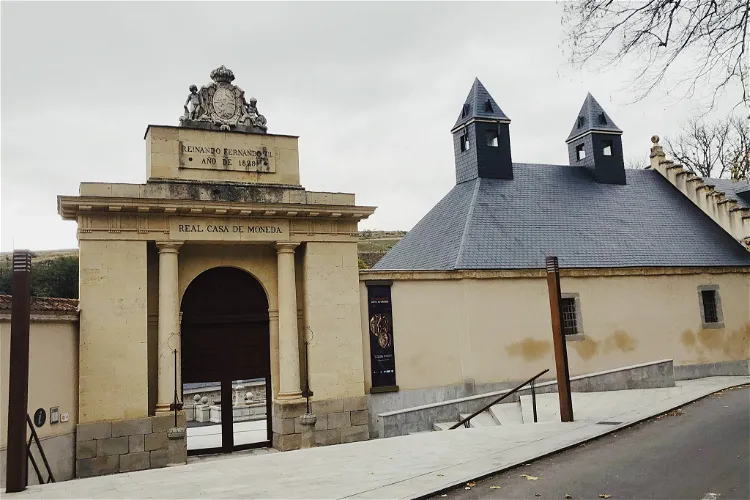
The Coining House
SegoviaThe Coining House, located in Segovia, Spain, is a historical site that dates back to the 1500s. It was once a royal mint, but today it serves as a museum. The museum is dedicated to showcasing coins, industrial heritage, and the famous aqueduct of Segovia. This provides a unique opportunity for tourists to delve into the rich history and culture of Spain.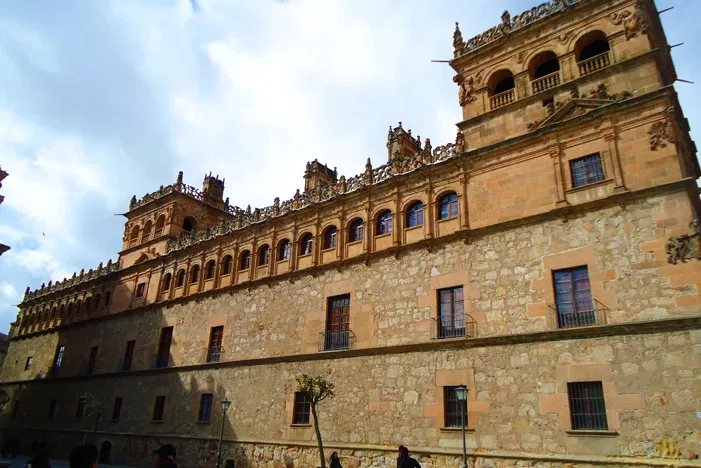
Monterrey Palace
Salamanca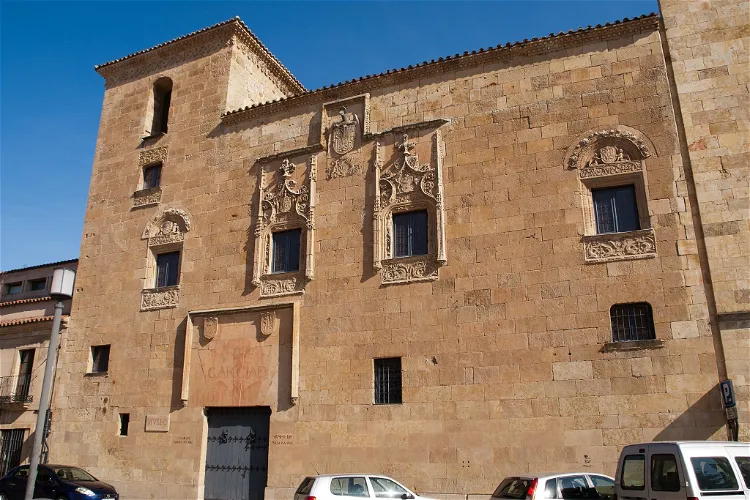
Museo de Salamanca (Casa de los Doctores de la Reina)
SalamancaThe Salamanca Museum, previously known as the Provincial Museum, has a rich history dating back to its establishment in 1835. Since 1947, it has been housed in the Casa de los Abarca, a former palace built in the late 15th century. This location adds to the museum's charm and historical significance.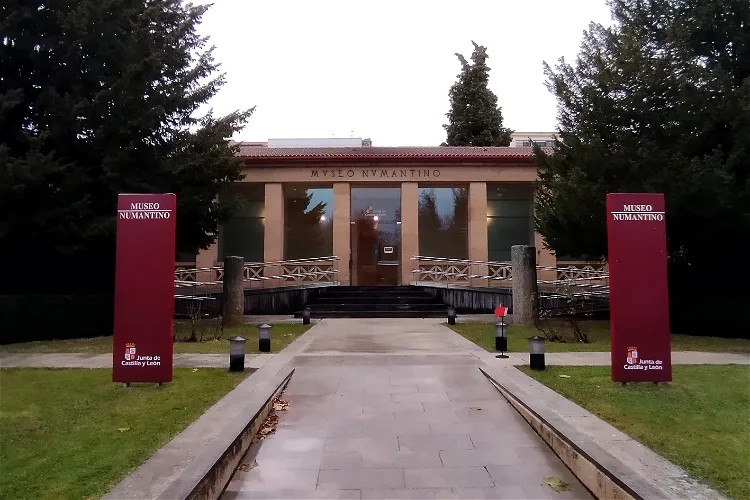
Numantine Museum of Soria
SoriaThe Numantine Museum of Soria is a significant cultural institution in Soria, Spain. It offers a comprehensive exploration of the prehistory and history of the province of Soria, presented through a rich collection of art and archaeological artifacts. The museum's focus on the region's past provides visitors with a deep understanding of the area's cultural and historical development.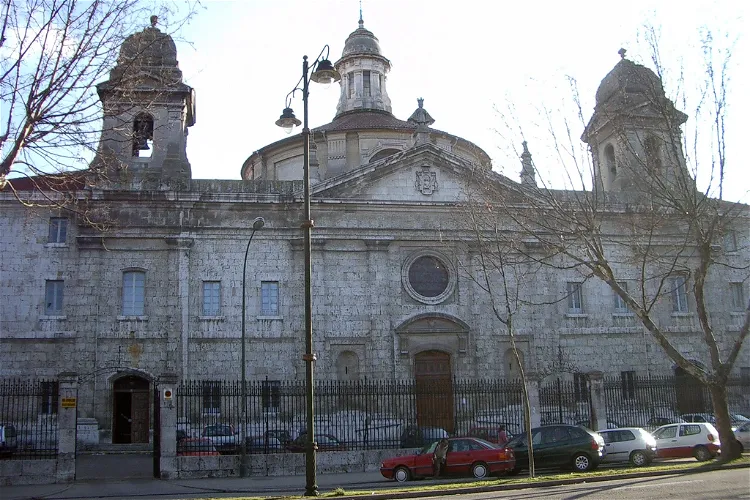
Oriental Museum
ValladolidThe Oriental Museum of Valladolid, situated within the convent of the Augustinians Filipinos in Valladolid, Spain, is recognized by some as the premier museum of its kind in the country. This museum offers a unique opportunity to explore a rich collection of Oriental art and artifacts, providing a deep insight into the cultures of the East.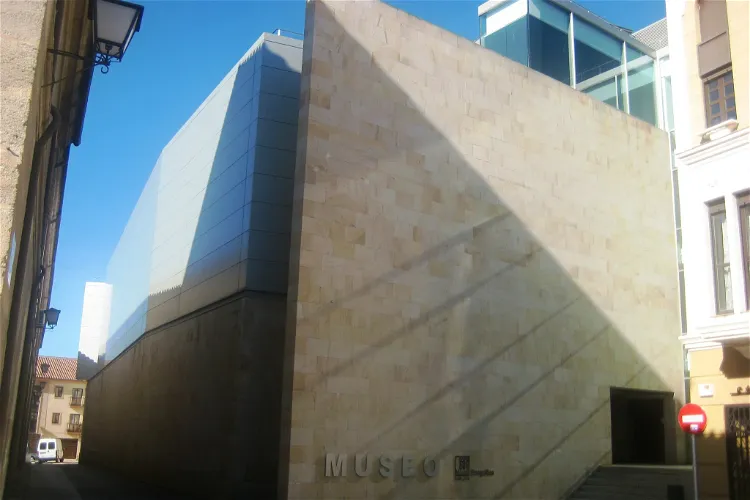
Ethnographic Museum of Castilla y León
ZamoraThe Ethnographic Museum of Castilla y León is situated in the city of Zamora. It is one of the four museums that form the Network of Regional Museums of Castilla y León. This network includes the Museum of Iron and Mining of Castilla y León, the Museum of Contemporary Art of Castilla y León, and the Museum of Human Evolution.
Diocesan Museum
PalenciaThe Diocesan Museum of Palencia, inaugurated in 1973, is a museum dedicated to the custody and study of the sacred art of the diocese. It is located in the Episcopal Palace of the capital of Palencia, a significant historical site in itself.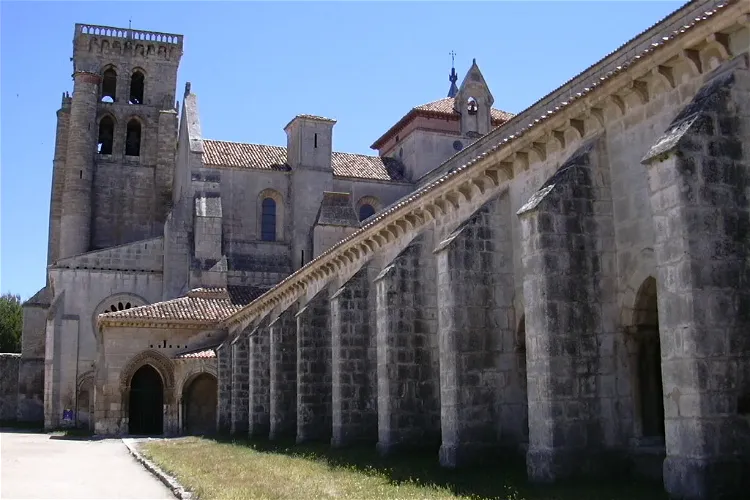
Museo de Telas Medievales
BurgosThe Museo de Telas Medievales, or the Museum of Medieval Textiles, is situated in the Monasterio de las Huelgas Reales in the city of Burgos, Spain. This location adds a historical and cultural significance to the museum, making it an interesting destination for tourists interested in medieval history and culture.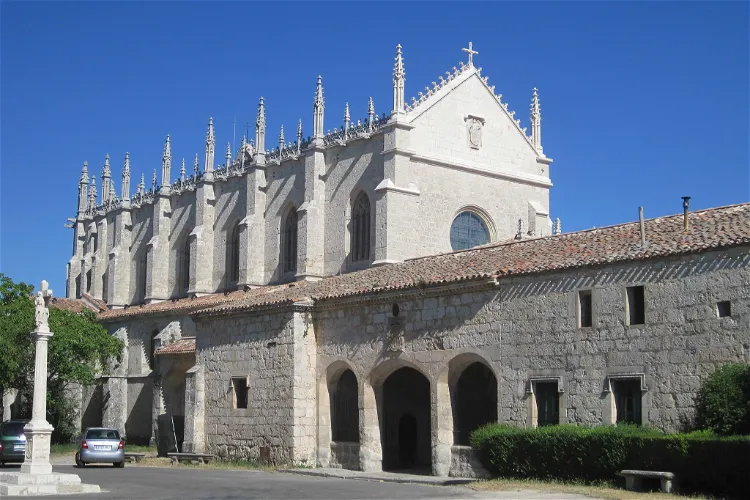
Miraflores Charterhouse
BurgosLa Chartreuse Notre-Dame de Miraflores, an ancient Carthusian monastery, is located on a hill known as Miraflores. This historical site is situated approximately three kilometers from the city center of Burgos, in the Fuentes Blancas park. The serene surroundings and the historical significance of the monastery make it an interesting site for tourists visiting Burgos.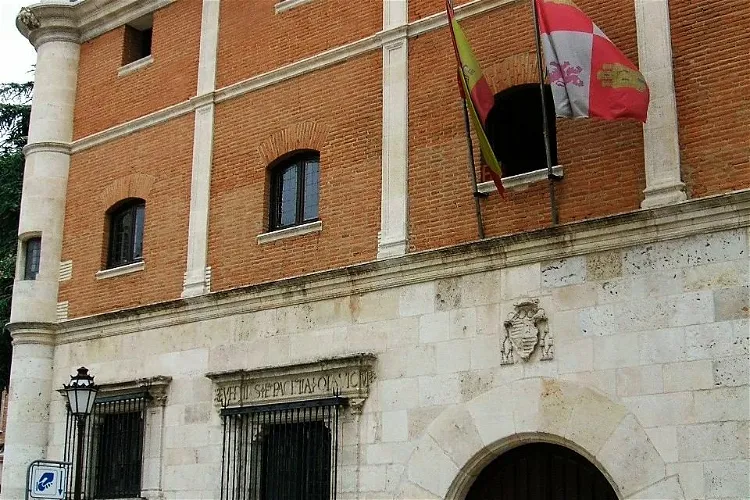
Burgos Museum
BurgosThe Museo de Burgos, previously known as the Museo Arqueológico Provincial, is situated in two neighboring 16th-century palaces, the Casa de Miranda and the Casa de Íñigo Angulo. These palaces form a block between Calle Calera and Calle Miranda in the Spanish city of Burgos. The museum's collections, which exclusively originate from the province of Burgos, showcase the historical and cultural evolution of the province.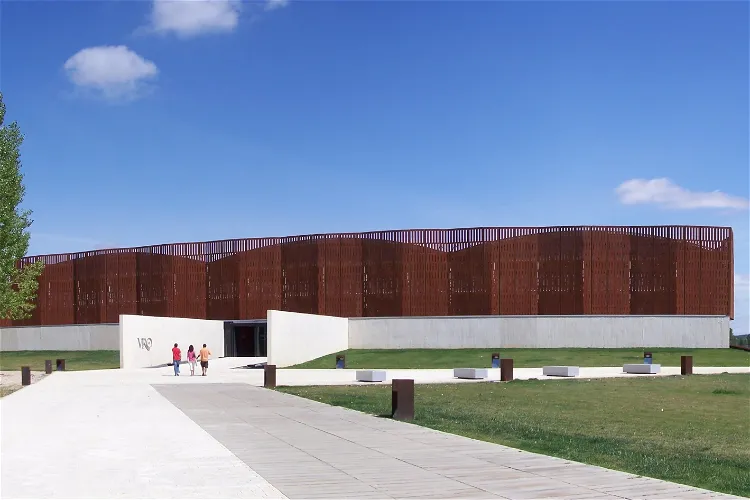
Roman Villa La Olmeda
Pedrosa de la VegaThe site of Roman Villa La Olmeda was declared a site of cultural interest on April 3, 1996. It spans two chronological phases: a villa from the 1st century, which was maintained until the end of the 3rd century, and the reconstruction of this villa in the 4th century, until it was destroyed and abandoned in the 6th century. This provides a fascinating insight into the evolution of Roman architecture and lifestyle over several centuries.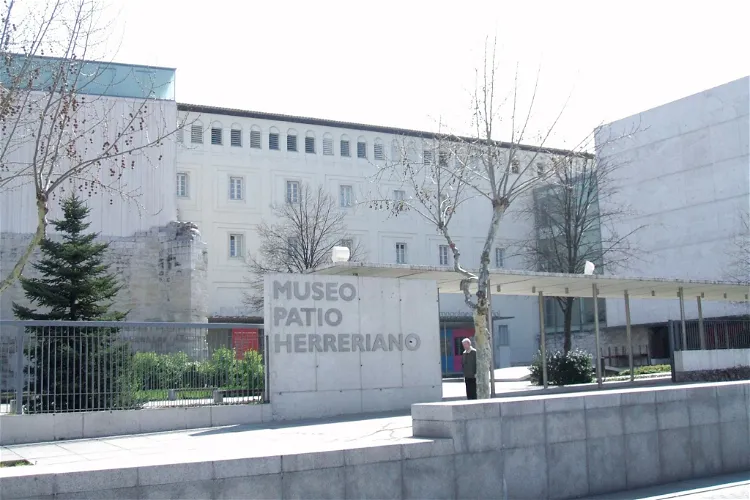
Museum of Contemporary Spanish Art
ValladolidThe Museum Patio Herreriano of Contemporary Spanish Art, which opened its doors in 2002, is a prominent art center located in the city of Valladolid. It showcases a vast collection of contemporary Spanish style artworks, which have been sourced from various private collections. The museum's collection spans the period from 1918 to the present day, offering visitors a comprehensive view of Spanish contemporary art over the last century.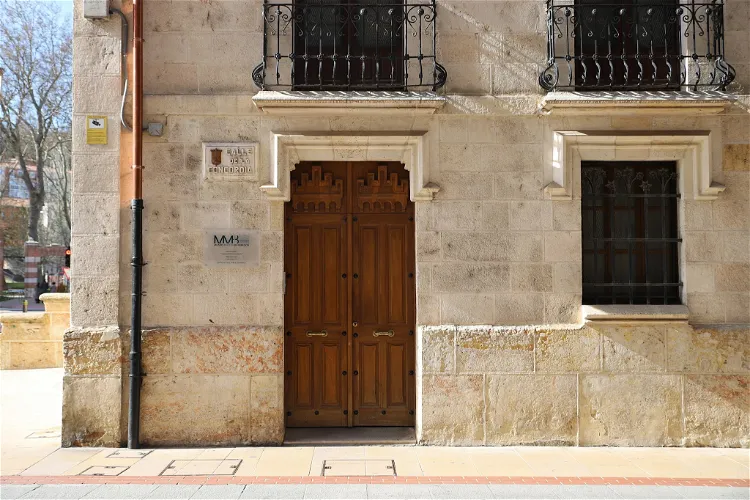
Military Museum of Burgos
Burgos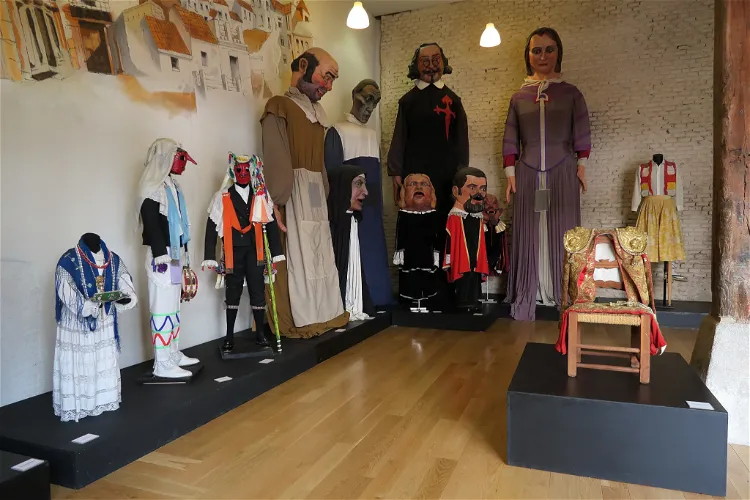
Museo de Gigantes y Cabezudos
Puebla de Sanabria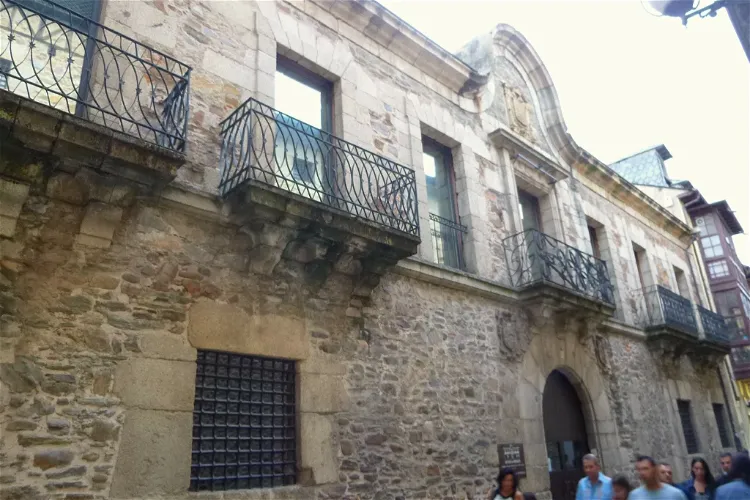
El Bierzo Museum
CompostillaEl Museo del Bierzo is situated in the city of Ponferrada, which is part of the Bierzo region in the province of León, within the autonomous community of Castilla y León. This location is significant as it provides visitors with a chance to explore not only the museum but also the rich cultural and historical heritage of the region.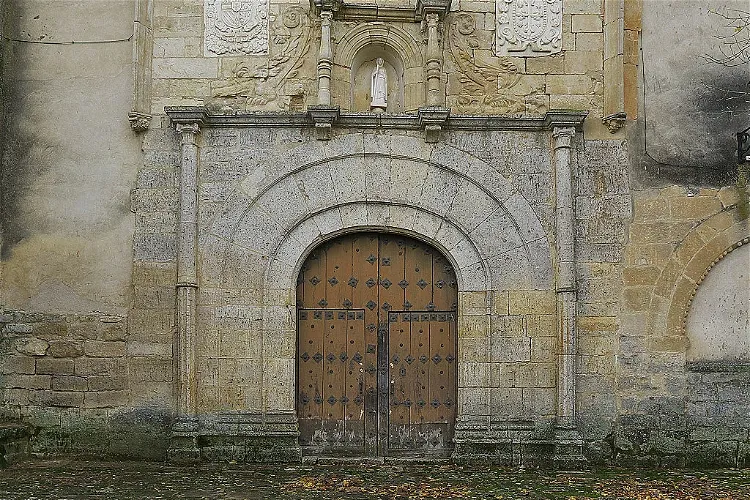
Monastery of Sancti Spiritus
ToroWithin the Monastery of Sancti Spiritus el Real, visitors can find the Museum of Sacred Art of Toro. This museum is home to a unique collection of polychrome sargas from the 16th century. These sargas depict scenes from the Passion, taken from large-scale Italo-Flemish prints. This collection provides a unique insight into the religious art of the period and is a must-see for any art enthusiasts or those interested in religious history.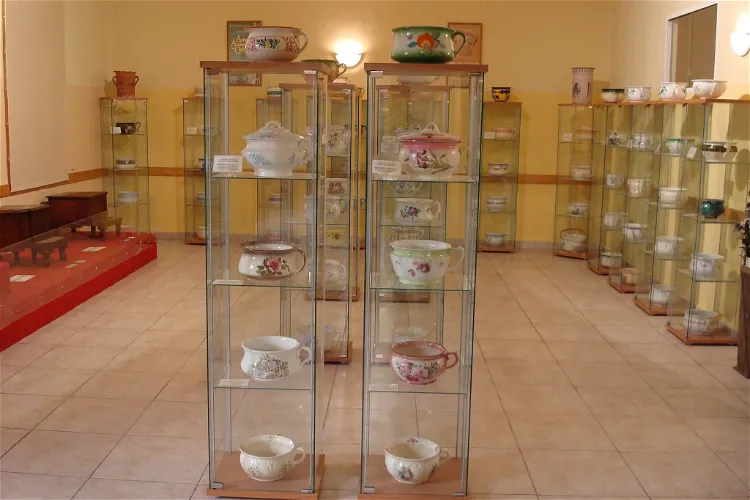
Urinal Museum
Ciudad RodrigoThe Urinal Museum in Ciudad Rodrigo, Salamanca, Spain, is a unique institution dedicated to the domestic hygiene utensil, the urinal. The museum showcases a variety of styles, models, and designs of this common household item, reflecting the craftsmanship applied to meet a biological need over centuries. It provides a unique perspective on a mundane object, making it an interesting destination for those interested in unusual museums.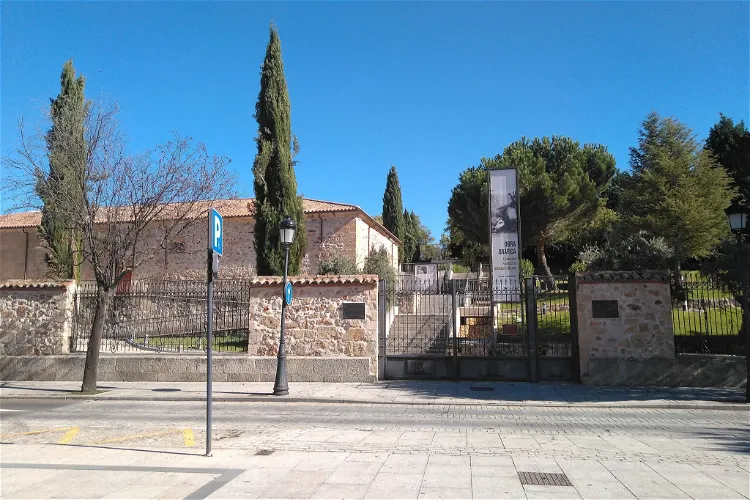
Sala de Exposiciones Santo Domingo de la Cruz
SalamancaThe Sala de Exposiciones Santo Domingo de la Cruz is an exhibition space located in the city of Salamanca. It was inaugurated in 2002, coinciding with the city's celebration as the European Capital of Culture. This historical event has added a significant cultural value to the exhibition hall, making it a notable destination for tourists interested in the city's rich cultural heritage.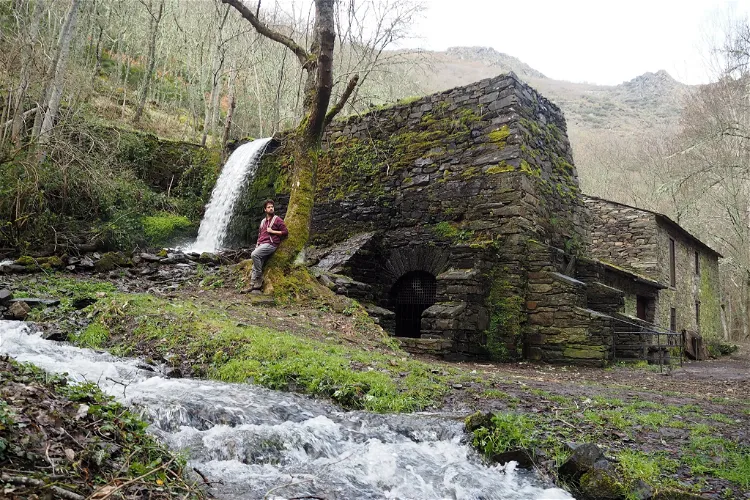
Herrería de Compludo
PonferradaLa herrería de Compludo is a medieval forge that is situated in the valley of Compludo, in the Spanish municipality of Ponferrada. This historical site is located in the region of Bierzo, within the province of León, in the autonomous community of Castilla y León. It offers a unique glimpse into the past, providing an opportunity to explore the rich history and culture of the region.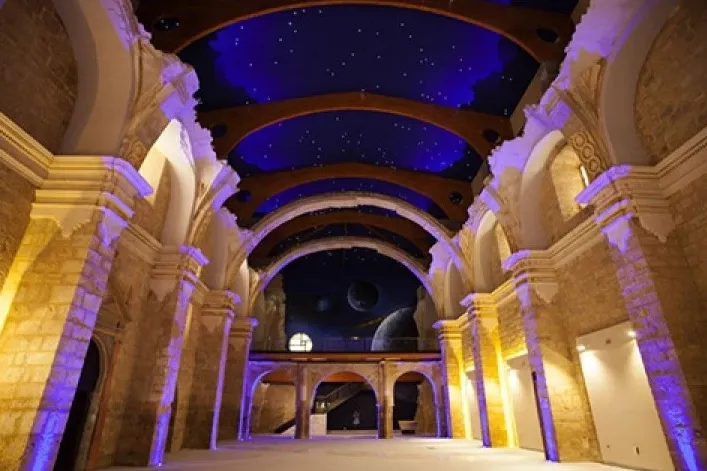
San Pedro Cultural
Becerril de CamposSan Pedro Cultural is a unique monument that was inaugurated on March 19, 2015. It was built from the ruins of the Church of San Pedro in the town of Becerril de Campos. This town was declared the most beautiful village in Spain by internet users in 2016. This makes it a significant location for tourists who are interested in history, architecture, and natural beauty.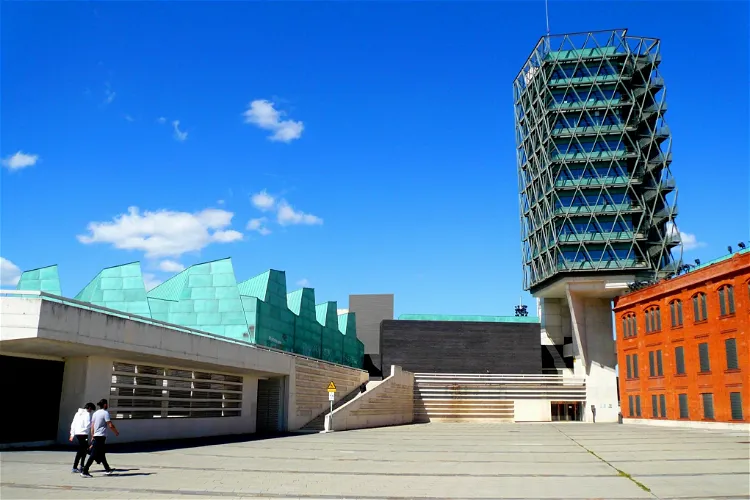
Valladolid Science Museum
ValladolidThe Valladolid Science Museum, which opened its doors in May 2003, is a unique blend of history and modernity. The museum is housed in a former flour mill, a nod to the city's industrial past. The design of the museum was entrusted to renowned architects Rafael Moneo and Enrique de Teresa, who skillfully incorporated elements of the old industrial complex into the new Science Museum.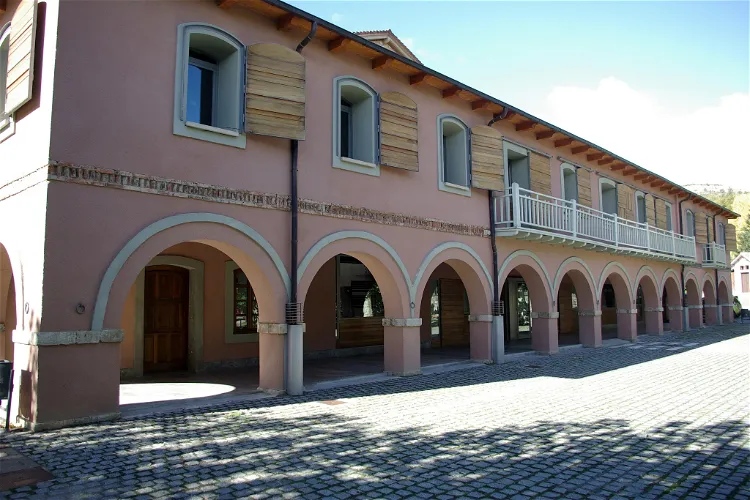
Museo de la Siderurgia y la Minería de Castilla y León
SaberoThe Museo de la siderurgia y la minería de Castilla y León, also known as MSM, is a museum situated in Sabero, León, within the autonomous community of Castilla y León in Spain. The museum was officially opened to the public on the 3rd of July, 2008.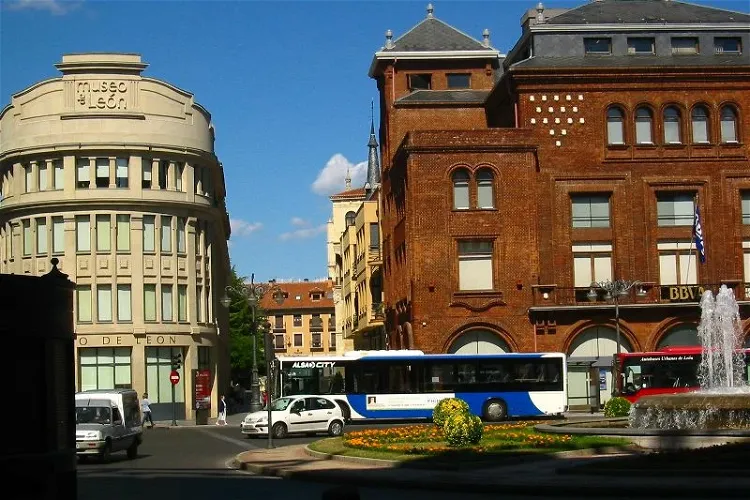
Museum of León
LeónThe Museum of León, situated in the Plaza de Santo Domingo in the city of León, Spain, holds the distinction of being the oldest museum in the province. Its primary focus is to narrate the history of the province through the lenses of Archaeology, Art, and Ethnography. This makes it a significant destination for those interested in these fields and the history of the region.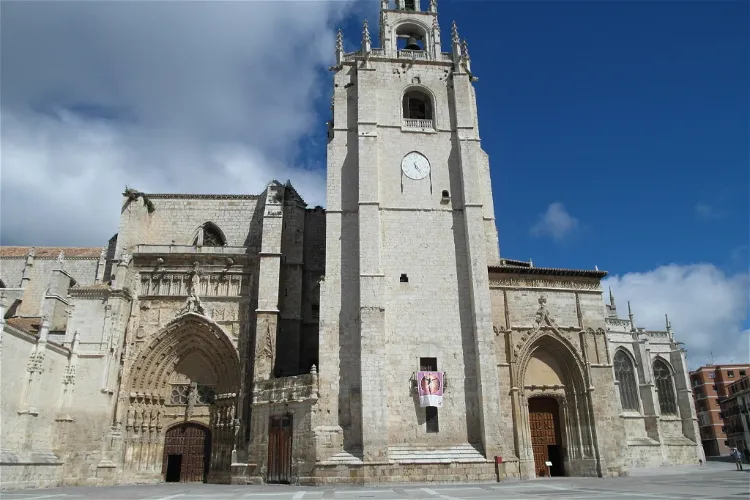
Palencia Cathedral
PalenciaThe Cathedral Basilica of Saint Antoninus, located in Palencia, Spain, is a Roman Catholic church dedicated to Saint Antoninus of Pamiers. This cathedral is a significant religious site and a remarkable example of Roman Catholic architecture.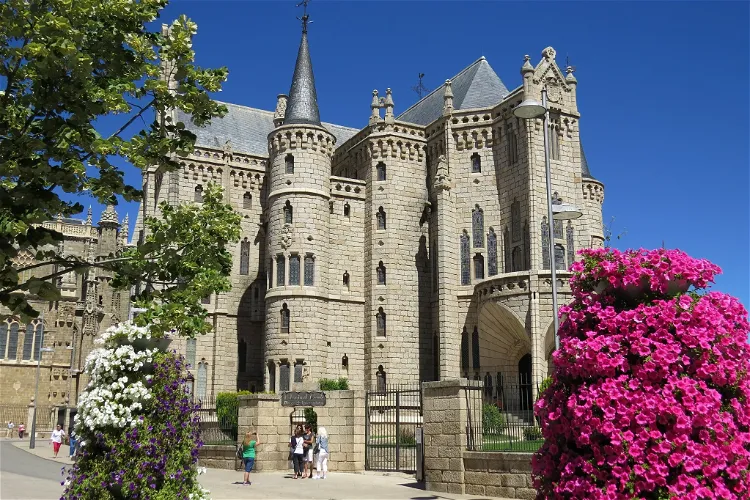
Museo de los Caminos
AstorgaThe Museo de los Caminos, located in the Episcopal Palace of Astorga in the province of León, Spain, is dedicated to the Camino de Santiago. This museum offers a deep dive into the history and significance of this famous pilgrimage route.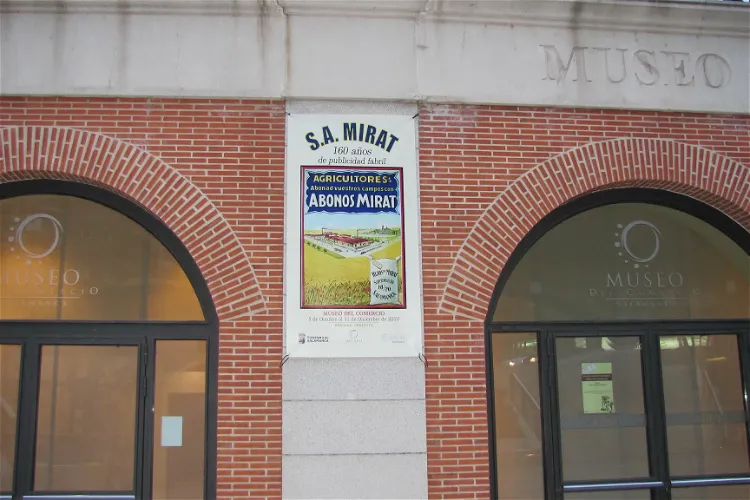
Museum of Commerce
SalamancaThe Museum of Commerce and Industry in Salamanca, Spain, is a unique institution dedicated to preserving and showcasing the history of economic, industrial, and commercial activity in the region. It provides a fascinating insight into the city's past, focusing especially on the city and its province. The museum was established with the support of the Salamanca City Council and the Official Chamber of Commerce and Industry of Salamanca, and it opened its doors to the public in January 2006.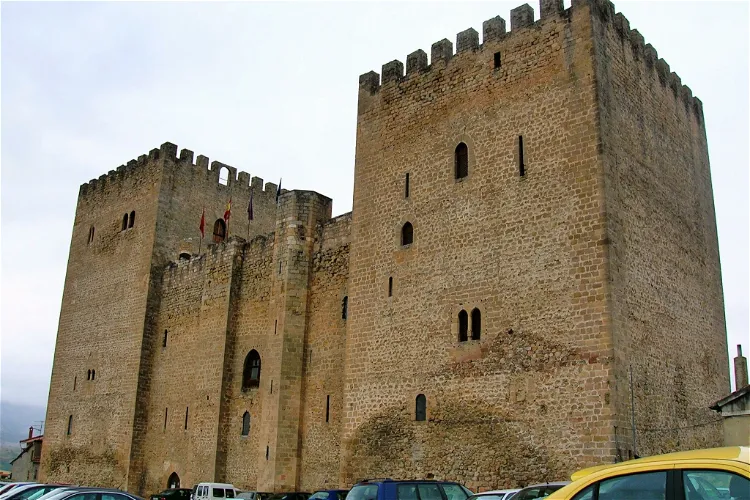
Alcázar de los Condestables
Medina de PomarEl alcázar de los Condestables de Castilla, a fortified palace, is situated in the Spanish town of Medina de Pomar, in the province of Burgos. This historical site offers a glimpse into the architectural style and history of the region.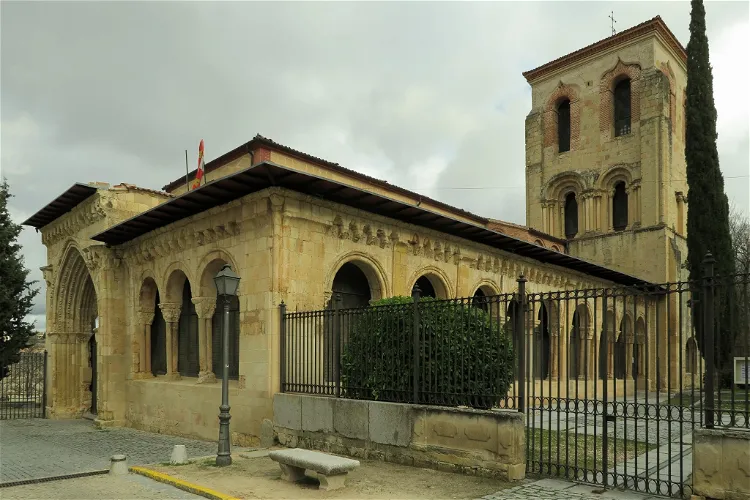
Zuloaga Museum
SegoviaThe Zuloaga Museum is a cultural institution managed by the Community of Castilla y León. It is located in the Plaza de Colmenares, a central location in the city. The museum is a part of the Spanish State's cultural heritage and is a significant site for those interested in Spanish history and culture.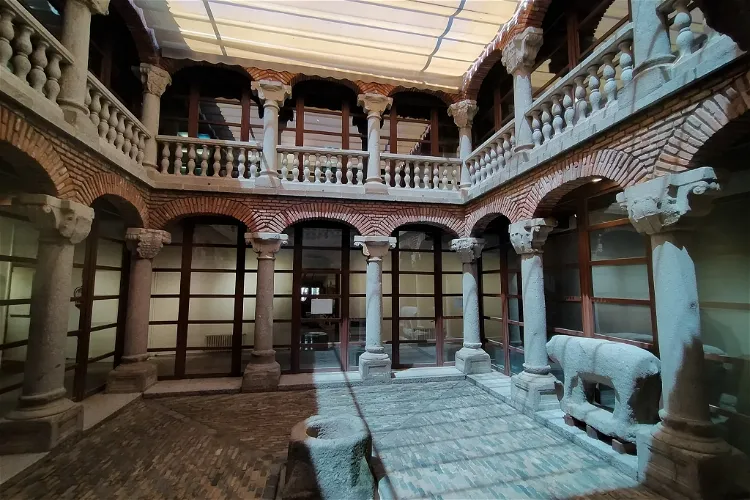
Avila Museum
ÁvilaThe Avila Museum has been under the management of the Junta de Castilla y León since 1987. It is home to a diverse collection of Archaeology and Fine Arts pieces, providing a glimpse into the rich cultural and historical heritage of the region. Additionally, the museum boasts a comprehensive ethnological catalog, offering insights into the local customs and traditions.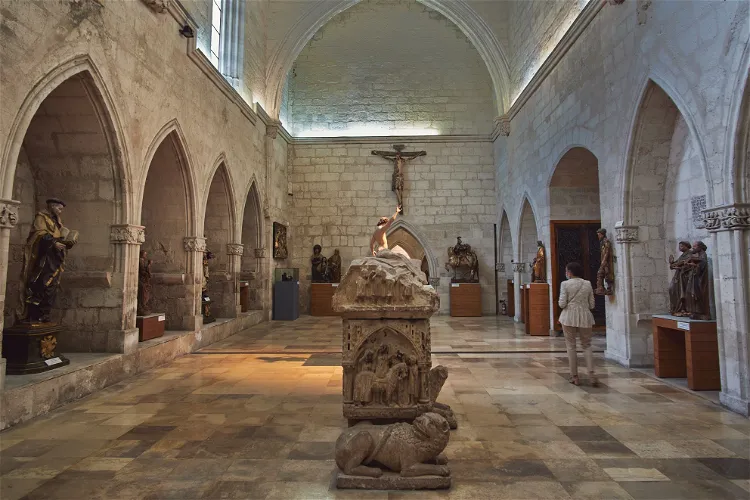
Diocesan and Cathedral Museum
Valladolid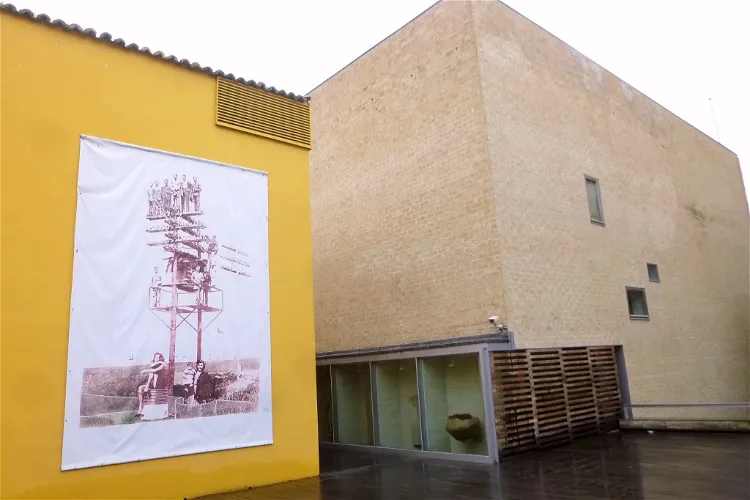
Zamora Museum
ZamoraThe Zamora Museum, a provincial museum, is situated in the Santa Lucía square in Zamora, Spain. This location is in a neighborhood known as Puebla del Valle during medieval times. The museum is a significant cultural institution in the region, offering a glimpse into the area's rich history and heritage.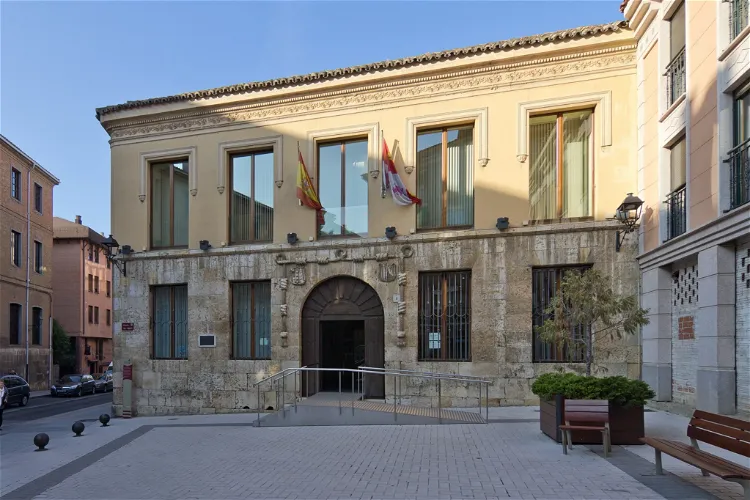
Archaeological Museum of Palencia
PalenciaThe Archaeological Museum of Palencia, situated in the Casa del Cordón, is a significant cultural institution in the city of Palencia, Spain. It boasts a diverse collection of artifacts from prehistoric, Roman, and medieval periods, all originating from the province of Palencia. The museum provides a unique opportunity to delve into the rich history and heritage of the region.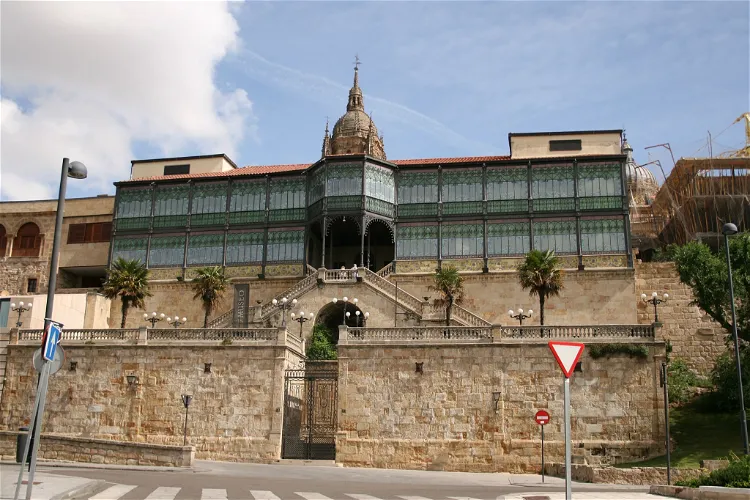
Museum of Art Nouveau and Art Deco
Ciudad RodrigoThe Museum of Art Nouveau and Art Deco, situated in Casa Lis in Salamanca, is a unique destination for art enthusiasts. It houses a collection of furniture and objects that are representative of the decorative arts. The museum was inaugurated in the spring of 1995 with funds from a donation made by collector Manuel Ramos Andrade to the city. The collection includes pieces that Ramos Andrade had reserved throughout his travels across Europe, which are not only well-preserved but are also authentic works of art.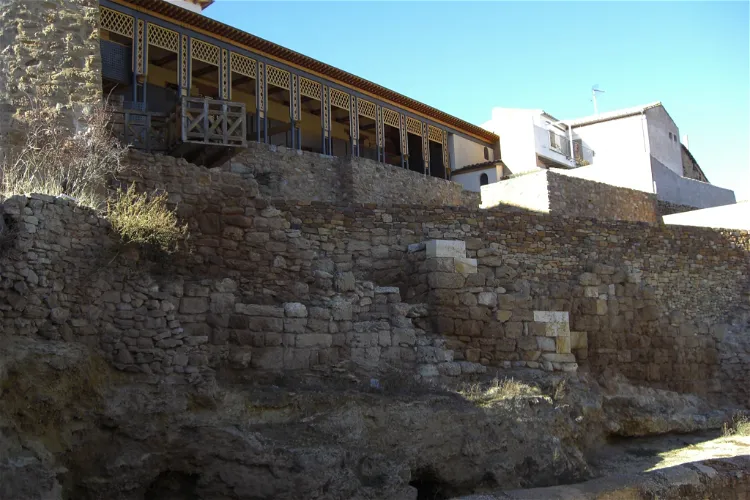
Centro de Interpretación de Ágreda
ÁgredaThe Centro de Interpretación de Ágreda provides a unique opportunity for visitors to delve into the history of Ágreda through a virtual tour. This interactive experience allows tourists to gain a deeper understanding of the town's past and the transformations it has undergone over the years.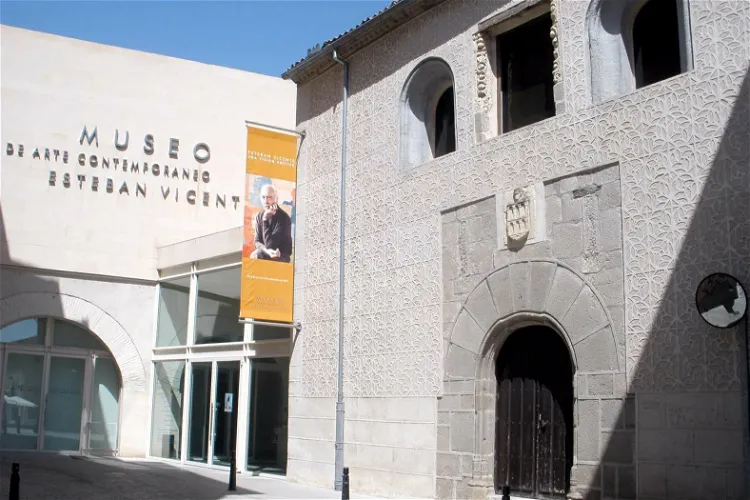
Museum of Contemporary Art Esteban Vicente
SegoviaThe Museum of Contemporary Art Esteban Vicente is a significant cultural institution in the Spanish city of Segovia. It is housed in the historic Palace of Enrique IV, a building of cultural interest located in the heart of Segovia's historic center. The museum's location adds to its charm, offering visitors a chance to explore both contemporary art and historic architecture in one visit.
Semana Santa Museum
ZamoraThe Semana Santa Museum in Zamora was founded in 1957 by the city's Junta Pro Semana Santa. The museum was established with the aim of preserving and showcasing the processional steps of the brotherhoods. These were previously stored in various locations, colloquially referred to as 'paneras' in Zamora.
Unamuno House Museum
SalamancaThe Unamuno House Museum is situated in the historic heart of Salamanca, Spain. This location makes it easily accessible for tourists who are exploring the city's rich history and culture. The museum is housed in a building that dates back to the 18th century, adding to its historical significance.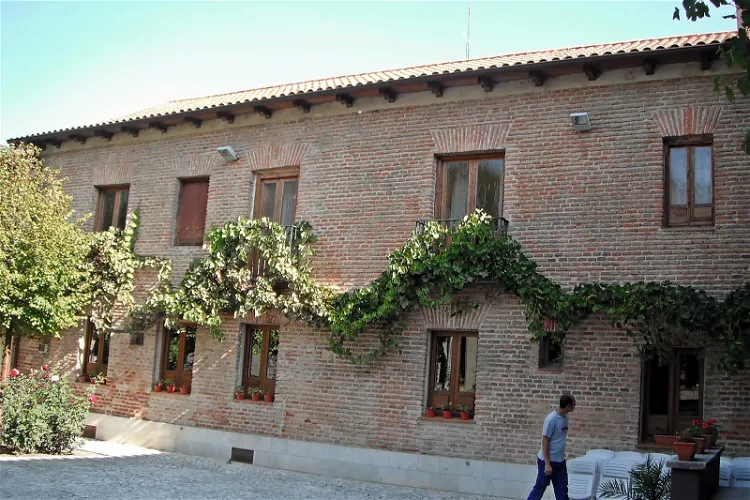
Zorrillas's House Museum
ValladolidThe Zorrilla House in Valladolid, located in the autonomous community of Castilla y León in Spain, is a significant cultural site. This property is where the renowned romantic poet, José Zorrilla, was born on February 21, 1817. It offers a unique opportunity to explore the birthplace of one of Spain's most celebrated poets.
The Light Factory. Energy Museum
PonferradaLa Fábrica de Luz. Museo de la Energía is a cultural and scientific leisure space located in Ponferrada, in the Bierzo region, province of León, autonomous community of Castilla y León, Spain. The museum is situated next to the Centenario Bridge, making it easily accessible for tourists. It offers a unique insight into the role of energy in human life over the centuries.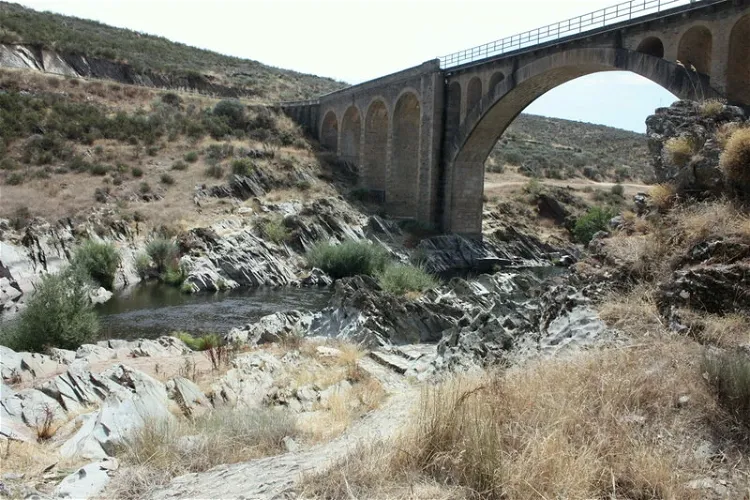
Siega Verde. Archaeological area
Villar de la YeguaThe Parque Arqueológico do Vale do Côa, inaugurated in 1996, is one of Portugal's most significant archaeological parks. It is located in the Guarda district in the northeast, with the nearest town being Vila Nova de Foz Côa, which has about 3,300 inhabitants.- 54
Museo Pozo Julia
Fabero 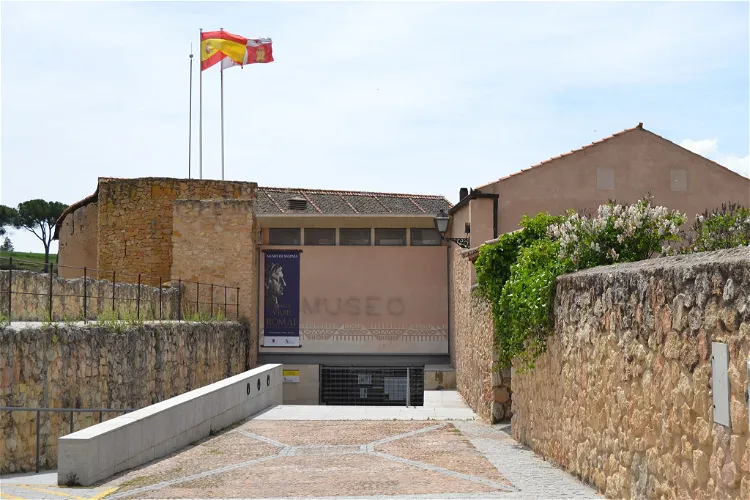
Museum of Segovia
SegoviaThe Museum of Segovia, located in the Casa del Sol in the capital of Segovia, is open from Tuesday to Saturday. The opening hours vary depending on the season. From October to June, the museum is open from 10 am to 2 pm and from 4 pm to 7 pm. During the summer months, from July to September, the museum is open from 5 pm to 8 pm.
Zamora Cathedral Museum
ZamoraThe Zamora Cathedral Museum, the main museum of the Zamora diocese, was inaugurated in 1926. Its primary purpose is to house and display works from the Cathedral and other parishes of the diocese to the public. This museum is a significant part of the cultural and historical heritage of the region, offering visitors a chance to explore and appreciate the rich artistic legacy of the diocese.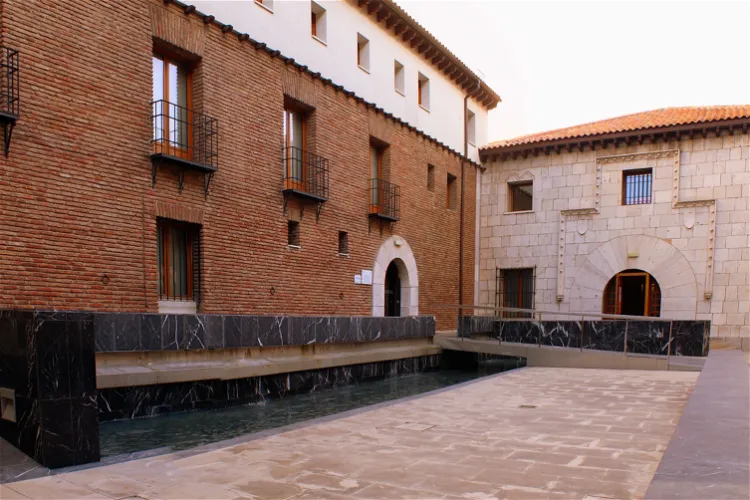
Christopher Columbus Museum
ValladolidThe Christopher Columbus House Museum, or La Casa Museo de Colón, is a museum situated in the city of Valladolid, in the autonomous community of Castilla y León, Spain. It is home to a collection of documents and memorabilia related to Christopher Columbus, the discoverer of America. The museum provides a unique opportunity to delve into the life and voyages of this iconic figure.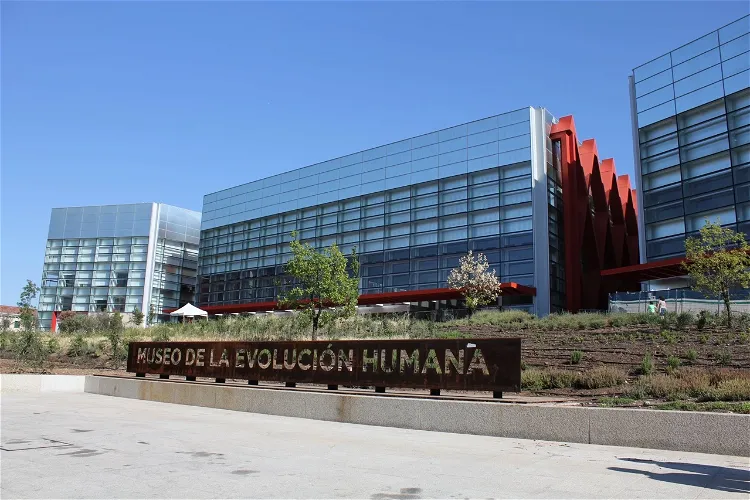
Museum of Human Evolution
ArlanzónThe Museum of Human Evolution is situated in the Spanish city of Burgos. It is located on the south bank of the river Arlanzón, providing a scenic location for visitors. The museum's location is easily accessible and offers a unique opportunity to explore the history of human evolution in a beautiful setting.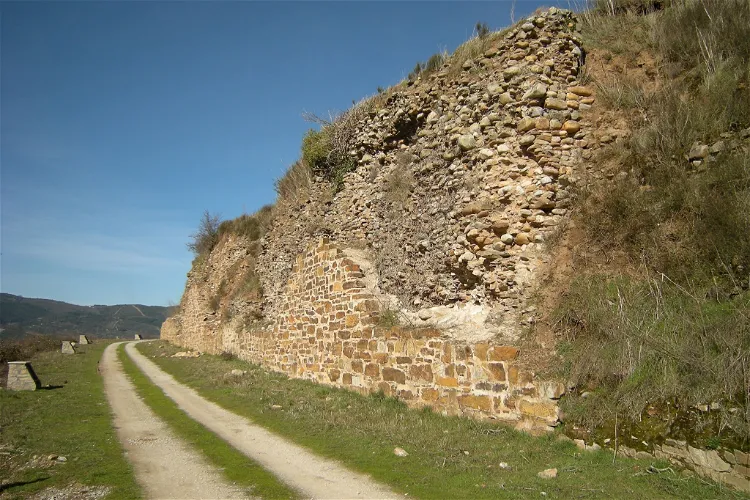
Museo Arqueológico de Cacabelos
CacabelosThe Museo Arqueológico de Cacabelos is conveniently located in the center of Cacabelos, aligning with the famous Camino de Santiago. The museum is situated on a street that is characterized by its Jacobean style, adding to the historical charm of the area. This location makes it an accessible and interesting stop for those walking the Camino de Santiago.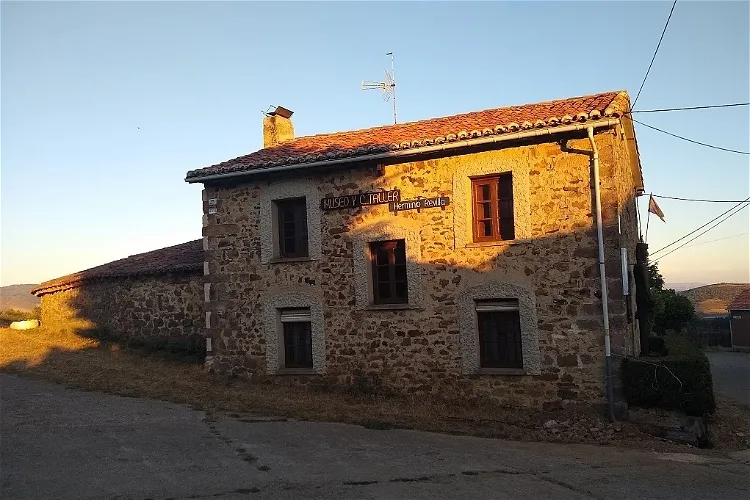
Museo Herminio Revilla
Barruelo de Santullán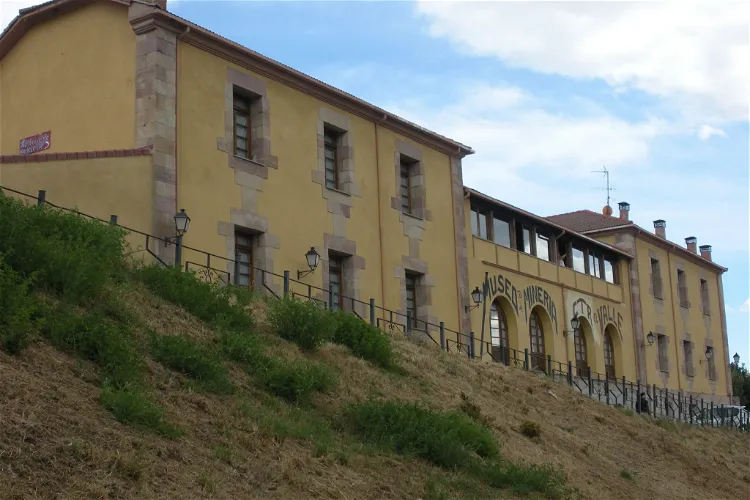
Centro de Interpretación de la Minería
Barruelo de SantullánThe Centro de Interpretación de la Minería is a unique complex located in Barruelo de Santullán, Spain. It comprises a mining museum, a visitable coal mine, and a cultural center. This combination provides a comprehensive insight into the history and workings of mining, making it an interesting destination for those interested in industrial heritage.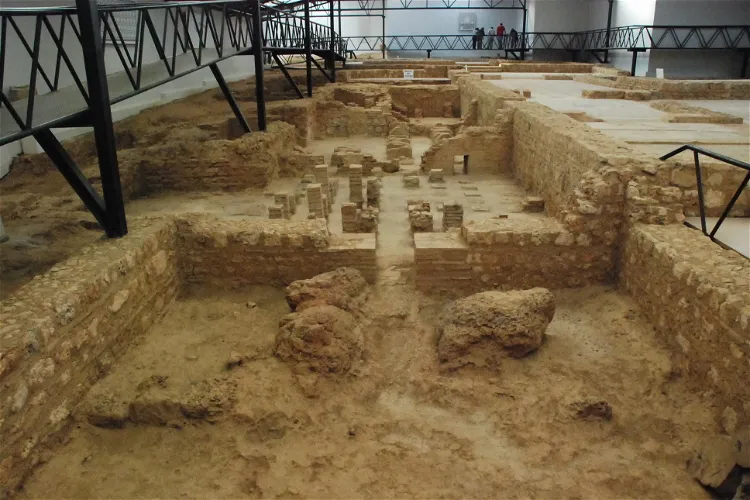
La Tejada Roman Villa
Cervatos de la Cueza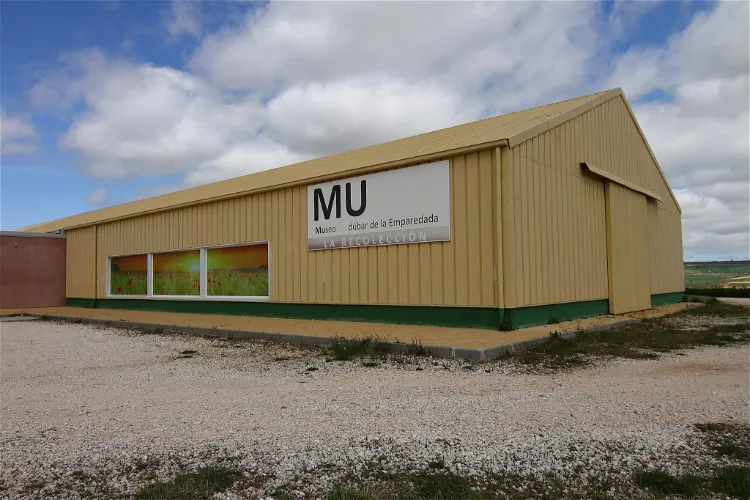
Museum of Modubar de la Emparedada
Cojóbar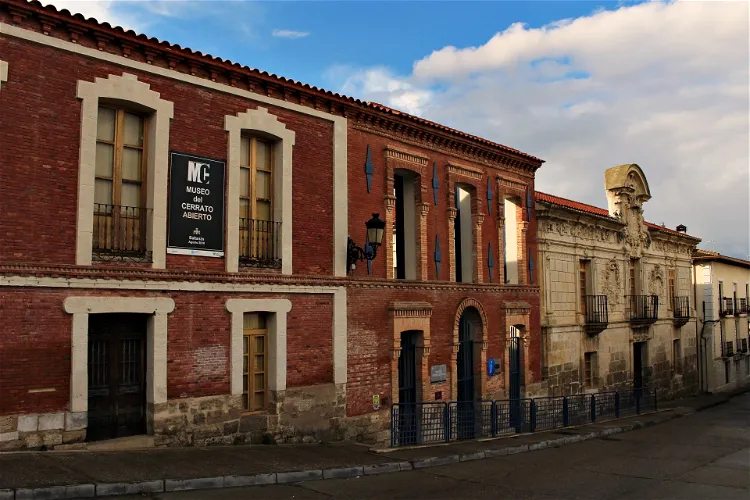
Cerrato Castellano Museum
BaltanásThe Cerrato Castellano Museum is a public institution situated in the town of Baltanás, within the Province of Palencia, in the Autonomous Community of Castilla y León, Spain. This museum serves as a place for the interpretation of the Cerrato region, offering visitors a deep insight into the area's history, culture, and landscape.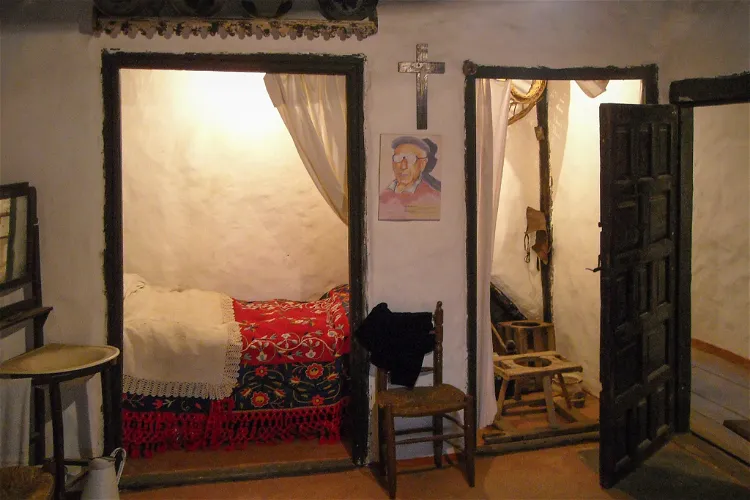
Casa Museo Satur Juanela
La Alberca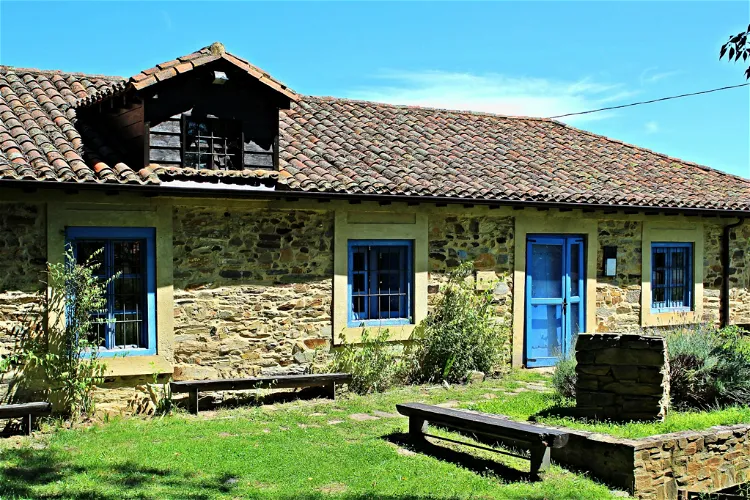
Textile Museum of Val de San Lorenzo
Val de San Lorenzo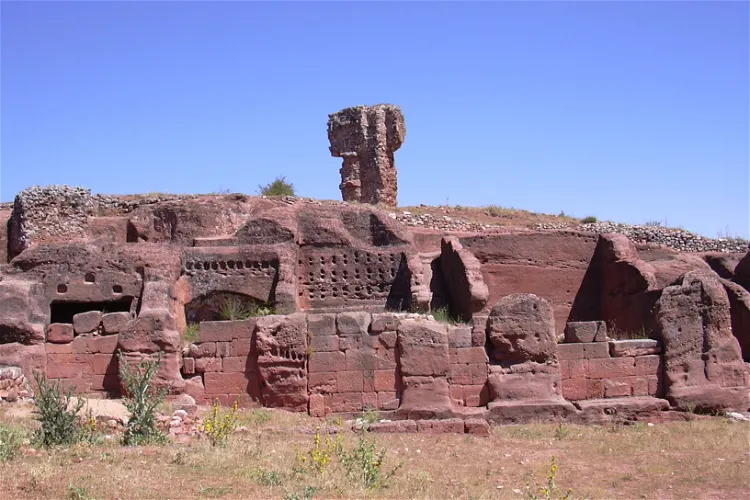
Museo Monográfico de Tiermes
Montejo de TiermesThe Museo Monográfico de Tiermes is a museum situated in Montejo de Tiermes, Soria, Spain. It forms part of the Yacimiento-Museo de Tiermes, a significant archaeological site. The museum is dedicated to collecting and displaying archaeological materials from the excavations of the Celtiberian, Roman, and medieval city ruins of Tiermes.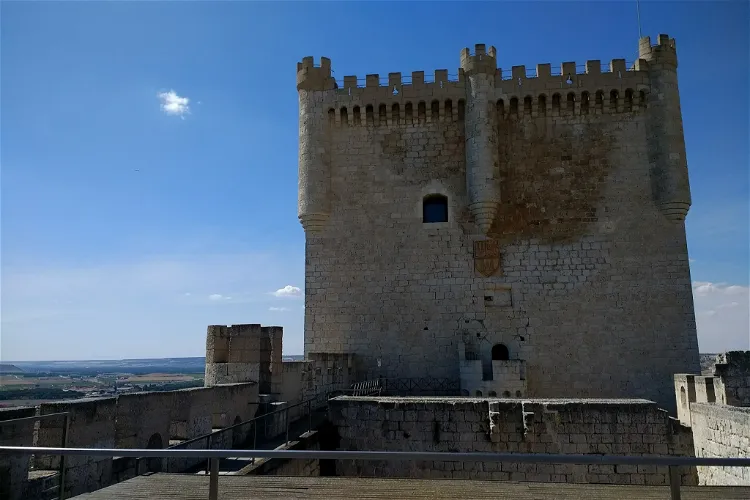
Provincial Wine Museum
PeñafielThe Provincial Wine Museum is a unique destination for wine enthusiasts. It is situated in the historic castle of Peñafiel, in the province of Valladolid. This location not only offers a rich collection of wine-related exhibits but also provides a glimpse into the region's history and culture.
Museum of St Isidoro
LeónThe Museum of the Royal Collegiate of San Isidoro is situated within the Basilica of San Isidoro in León. This location provides a unique setting for the museum, combining historical architecture with a rich collection of artifacts.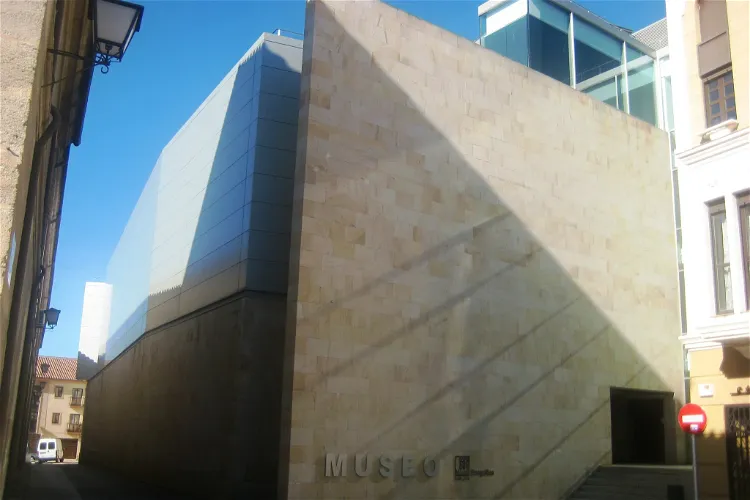
Ethnographic Museum of Castilla y Leon
LeónThe Ethnographic Museum of Castilla y León is situated in the city of Zamora. It is one of the four museums that form the Network of Regional Museums of Castilla y León. This network includes the Museum of Iron and Mining of Castilla y León, the Museum of Contemporary Art of Castilla y León, and the Museum of Human Evolution.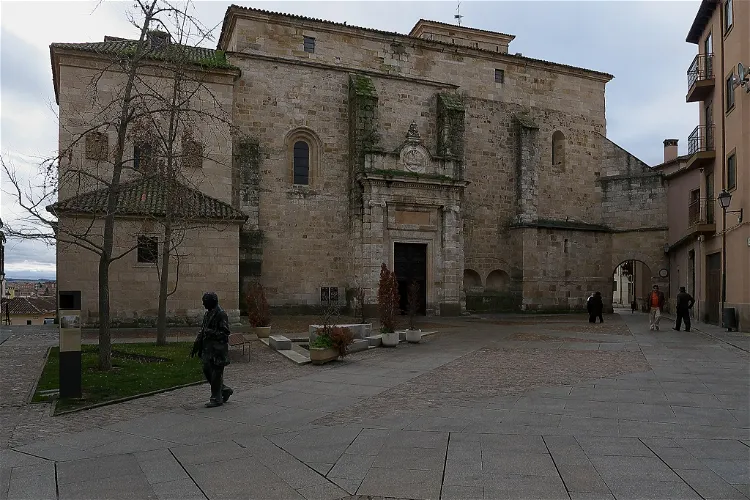
Church of San Pedro y San Ildefonso
ZamoraThe Church of San Pedro y San Ildefonso is a significant religious site in Zamora, Spain. Originally built in the Romanesque style, it is the largest and most important church in the city, second only to the Cathedral. Its size and historical significance make it a notable point of interest for visitors to the city.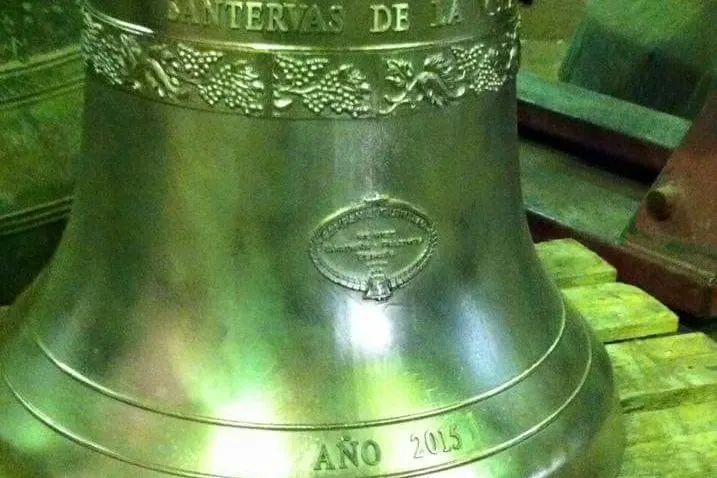
Bells Museum
UrueñaThe Quintana Bells Collection is a museum that is situated in Urueña, a municipality and locality in the province of Valladolid. This location is known for its rich history and cultural significance, making it an interesting destination for tourists who are interested in exploring the cultural heritage of Spain.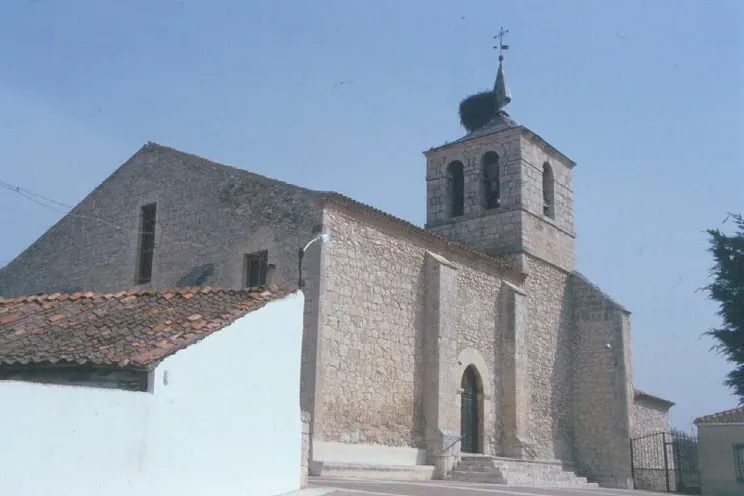
Fundación Joaquín Díaz
UrueñaThe Joaquín Díaz Foundation was established in 1994, originating from the Ethnographic Center that was founded in 1985. The foundation was created when the folklorist Joaquín Díaz donated his collections to be displayed in an 18th-century house owned by the provincial council in Urueña, Valladolid, Spain. These collections include engravings of costumes, cordel sheets, a library, a sound library, and various instruments. This rich collection offers tourists a unique insight into Spanish folklore and tradition.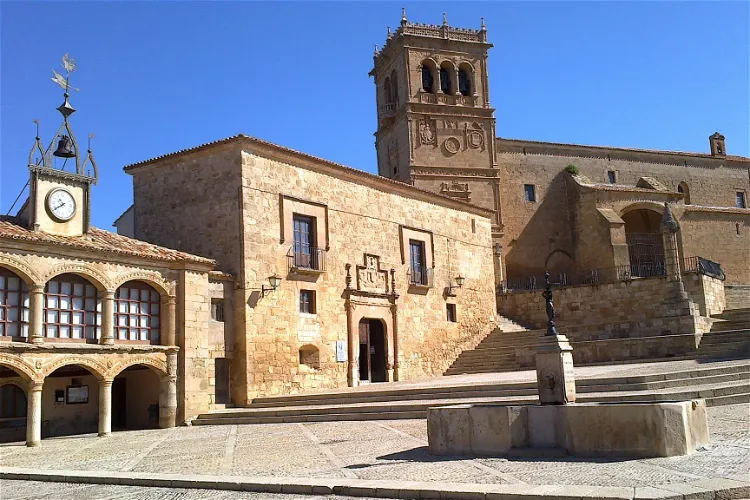
Provincial Museum of Popular Suit
Morón de AlmazánThe Provincial Museum of Popular Suit is situated in the Hurtado de Mendoza Palace, right in the heart of the Plaza Mayor of Morón de Almazán in Soria. This location is recognized as one of the most stunning architectural ensembles of the Spanish Renaissance.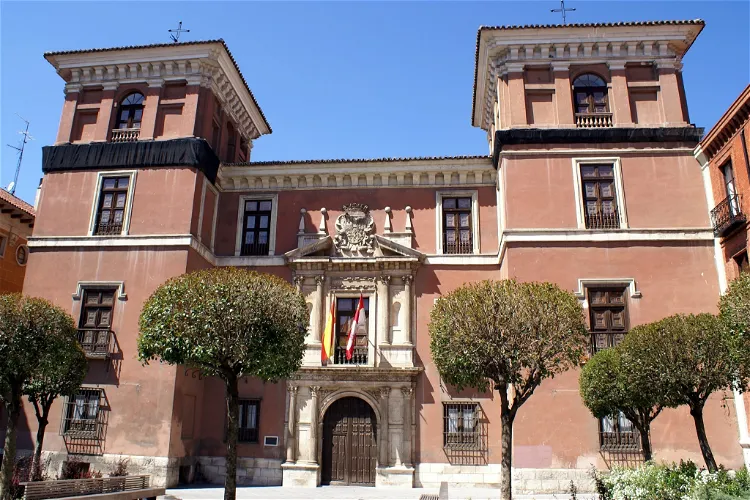
Fabio Nelli Palace
ValladolidThe Palacio de Fabio Nelli, located in Valladolid, Spain, is a significant Renaissance building. Historians and critics regard it as a prime example of the city's classical civil architecture. The palace's construction, which lasted for about twenty years, was influenced by the good relations between the sponsor, banker Fabio Nelli, and the architect Pedro of Mazuecos El Mozo. The palace's facade, playground, and stairs epitomize this type of architecture in Valladolid.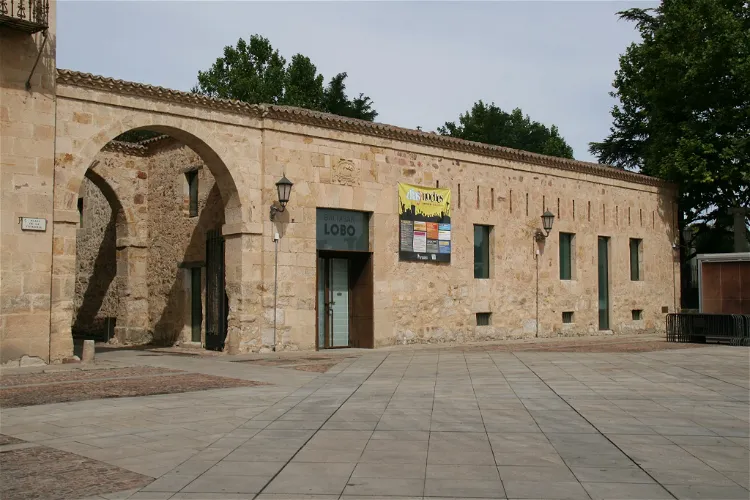
Baltasar Lobo Museum
ZamoraThe Baltasar Lobo Museum is a cultural institution situated in the city of Zamora, Spain. It was officially opened to the public in 2007. The museum is dedicated to the works of the renowned Zamoran sculptor, Baltasar Lobo.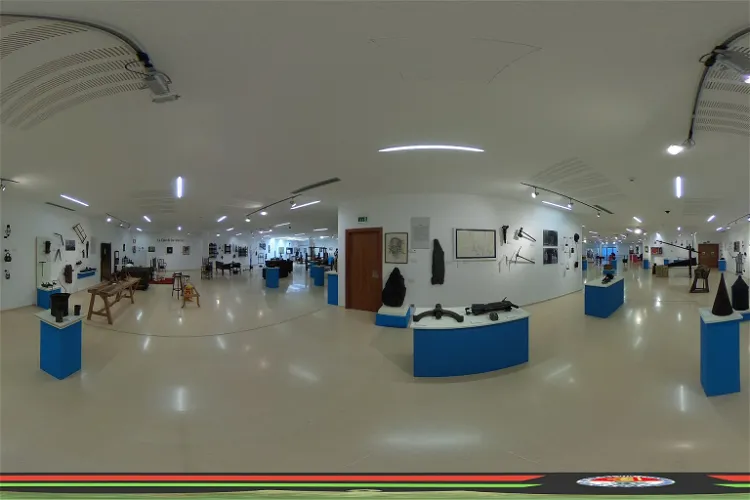
Alto Bierzo Museum
BembibreThe Alto Bierzo Museum, located in Bembibre, Castilla y León, Spain, was established on June 26, 1987. The museum's mission is to showcase the historical heritage of Alto Bierzo, including traditional customs, domestic and agricultural tasks, and various trades and crafts. It houses a wide range of materials, including archaeological, historical, and ethnographic items, all related to Alto Bierzo and its sphere of influence. The museum is dedicated to promoting the knowledge, study, and dissemination of these materials.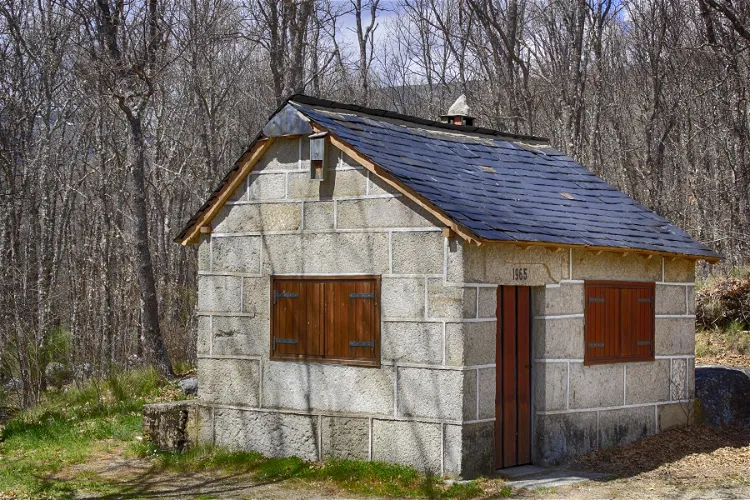
Sanabria Lake Natural Park
GalendeThe Park Interpretation Centre, located in the restored monastery of San Martín de Castañeda, offers a unique insight into the park's history and natural features. This medieval building, once home to Cistercian monks, now serves as a hub for learning and exploration within the park.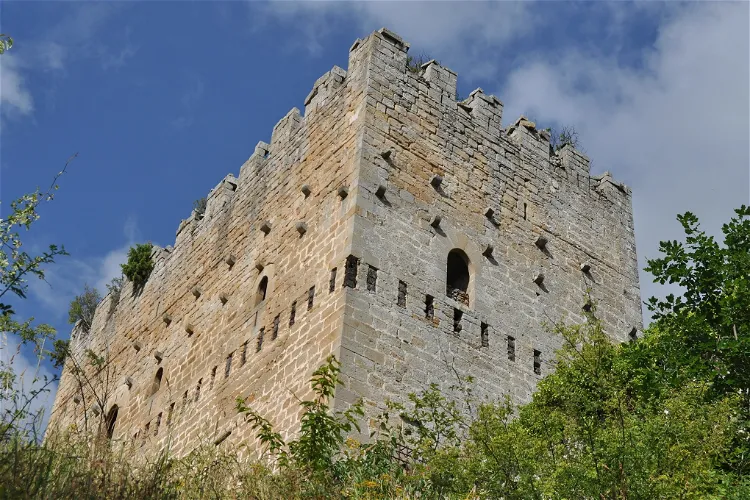
Ethnographic Museum Cuatro Rios Pasiegos
Espinosa de los Monteros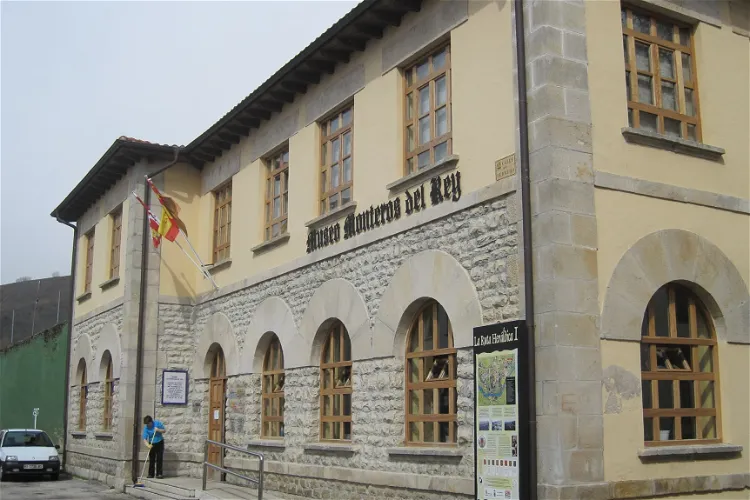
Museum of the Monteros del Rey
Espinosa de los Monteros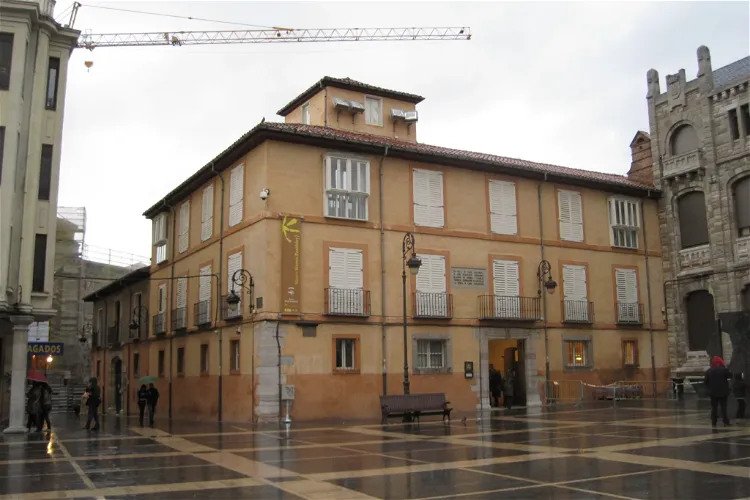
Sierra Pambley Museum
LeónThe Sierra-Pambley Museum provides a glimpse into the life, tastes, and conception of a 19th-century enlightened family's home. This unique perspective allows visitors to gain a deeper understanding of the social and cultural dynamics of the period.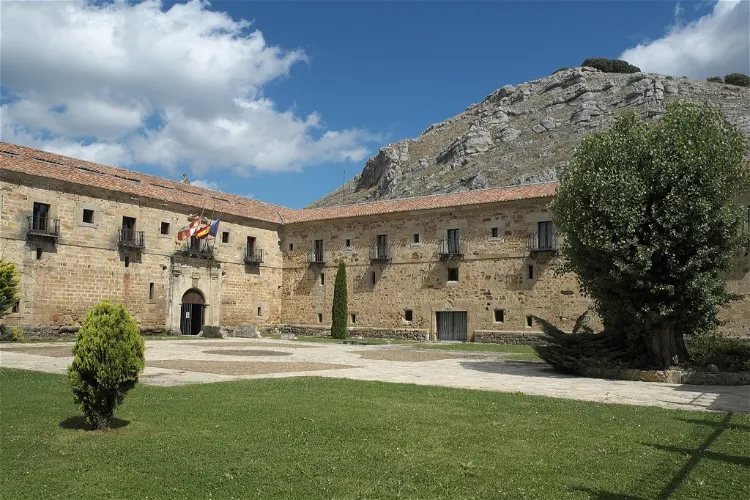
Monastery of Santa María la Real
Aguilar de CampooThe Monastery of Santa María la Real is located in Aguilar de Campoo, a municipality in the province of Palencia, within the Spanish Autonomous Community of Castile and León. This former Premonstratensian monastery was constructed at the end of the 12th and beginning of the 13th century, a period marking the transition from Romanesque to Gothic architecture.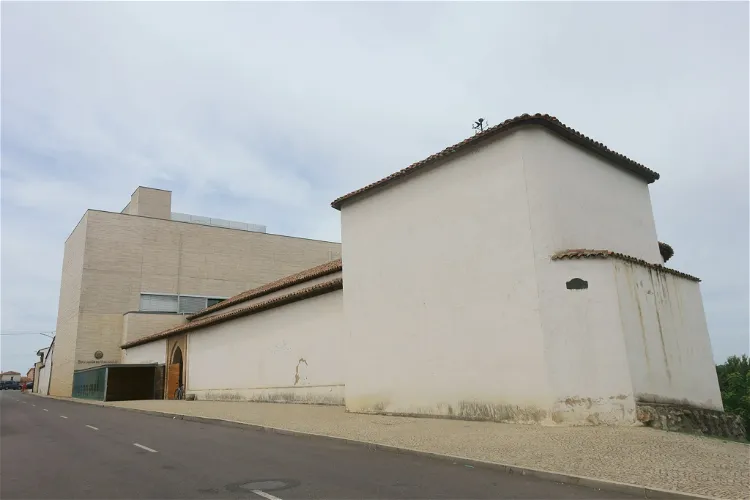
Bread Museum
Mayorga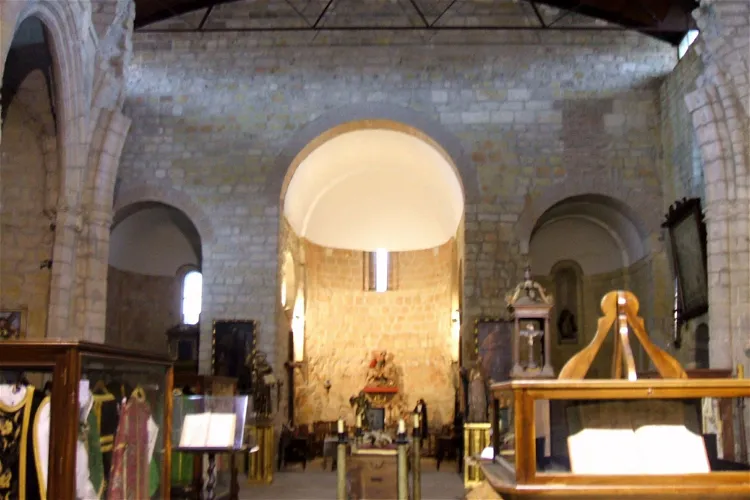
Museo de Santiago
Carrión de los Condes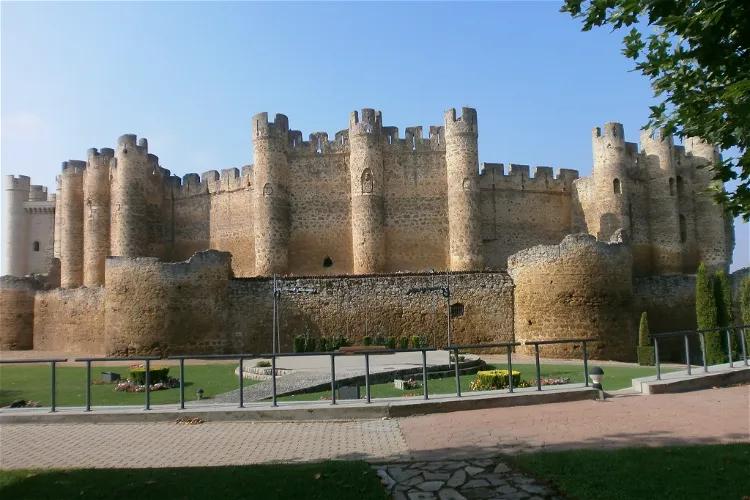
Museo del Castillo de Valencia de Don Juan
Valencia de Don JuanThe Castillo de Valencia de Don Juan is a historical building located in the town of Valencia de Don Juan, Spain. This town was previously known as Valencia de Campos and Coyanza. The castle is a significant example of Gothic-military architecture on the Iberian Peninsula.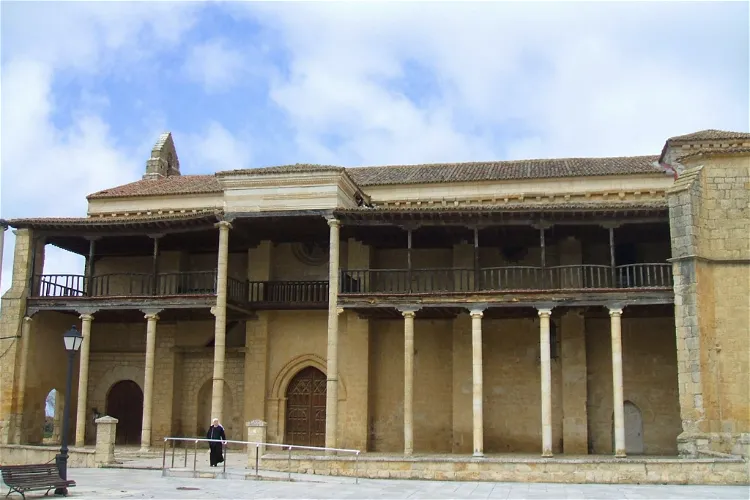
Church of Santa María
Becerril de CamposSince 1971, the Church of Santa María la Antigua has been deconsecrated and serves as one of the locations for the Territorial Museum Campos del Renacimiento. The museum, which was inaugurated on July 10, 1996, offers visitors a chance to explore a wide range of historical and cultural artifacts.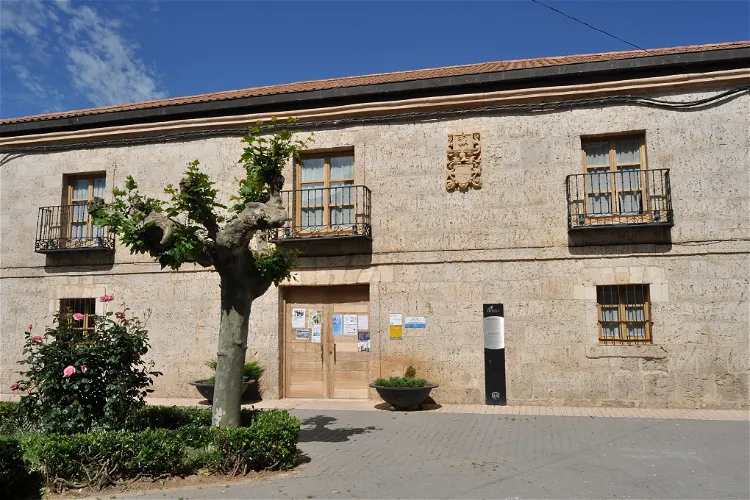
Museo Etnográfico Municipal Pilar Ramos de Guerra
Melgar de Fernamental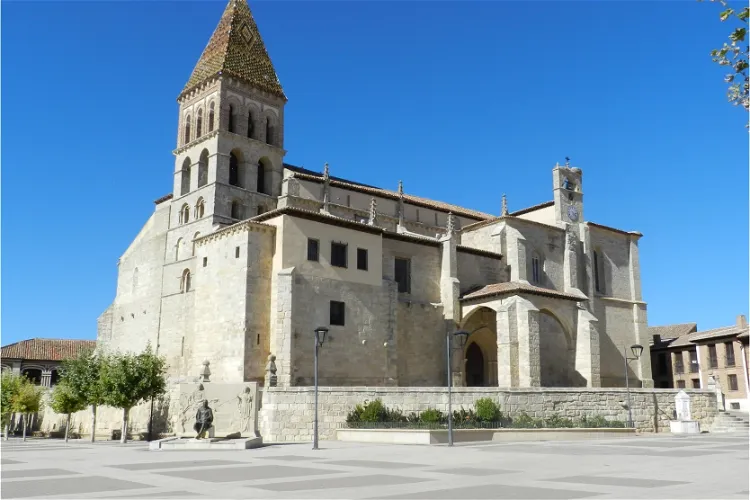
Museum Parish Church of Santa Eulalia de Paredes de Nava
Paredes de Nava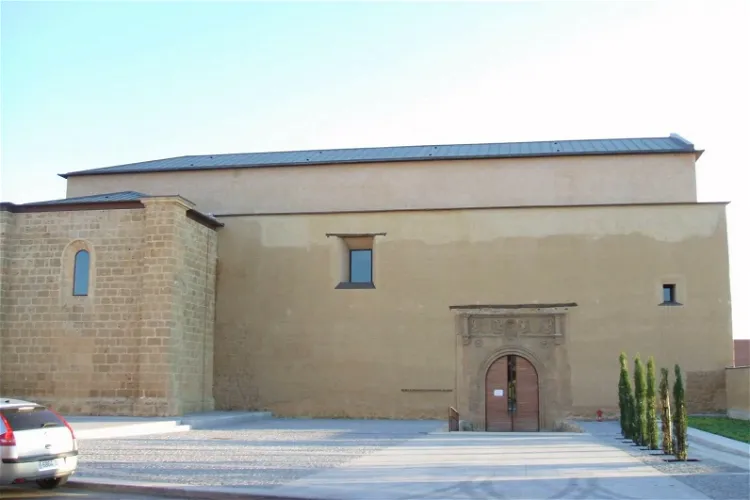
Museo Etnográfico Provincial de León
Mansilla de las MulasThe Museo de los Pueblos Leoneses, previously known as the Museo Etnográfico Provincial de León, is a cultural center situated in the town of Mansilla de las Mulas in León, Spain. This museum is dedicated to the preservation, study, and dissemination of both tangible and intangible ethnographic heritage from all regions of León.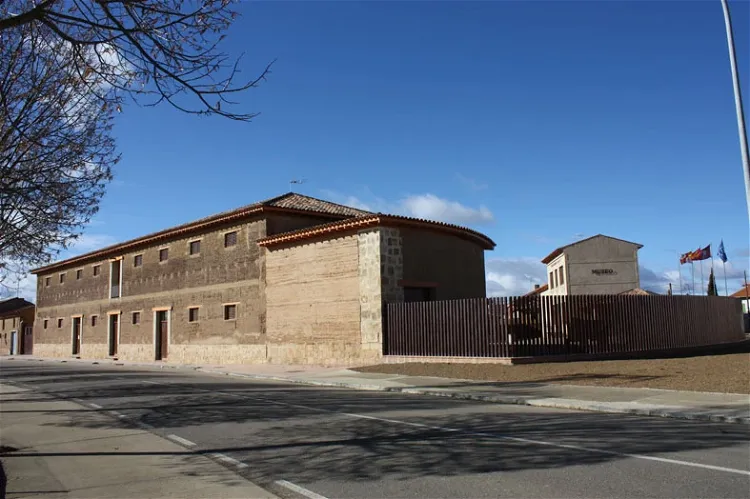
Museo de la Industria Harinera de Castilla y León
ValderasThe Museo de la Industria Harinera de Castilla y León, also known as MUHACALE, is a cultural institution located in Gordoncillo, León, in the autonomous community of Castilla y León, Spain. The museum was inaugurated in 2014 and offers visitors a glimpse into the region's industrial past.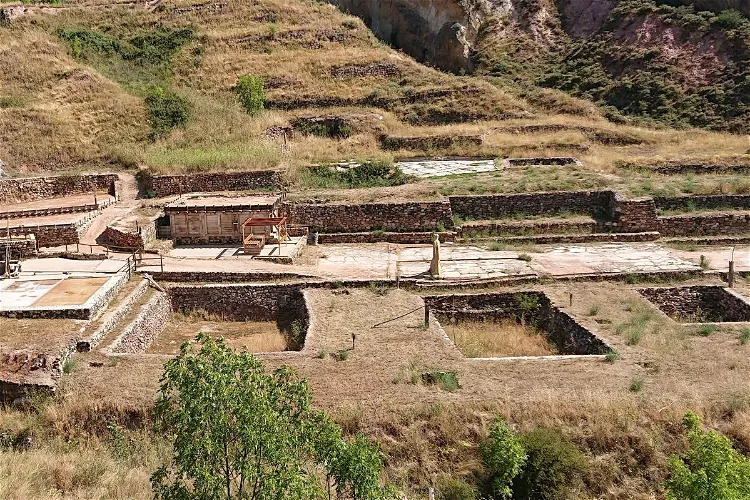
Centro de Interpretación de las Reales Salinas
Poza de la Sal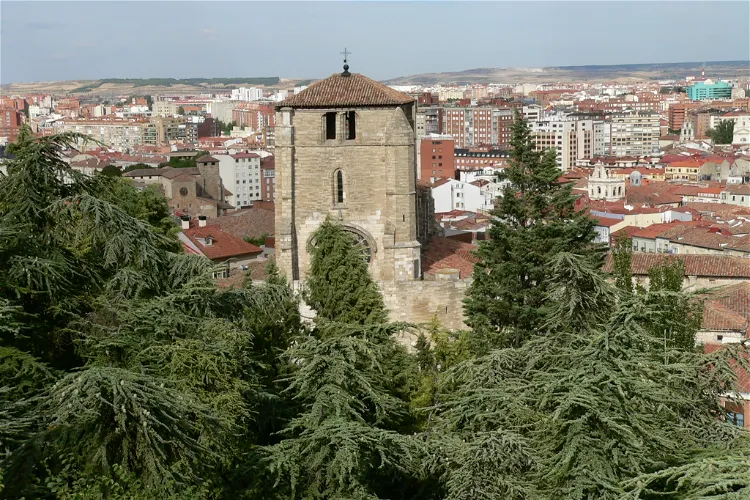
Iglesia de San Esteban
BurgosThe Retablo Museum boasts a collection of altarpieces dating from the 15th to the 18th century, sourced from various locations within the province of Burgos. Additionally, the museum displays a selection of religious goldsmithing. This provides a rich insight into the religious art and craftsmanship of the period.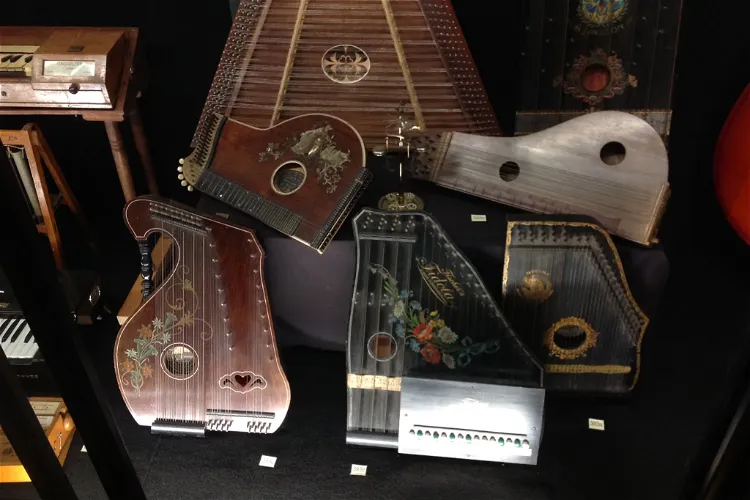
Music Museum of Luis Delgado
UrueñaThe Music Museum: Luis Delgado Collection is a unique destination in the town of Urueña, Valladolid, Spain. It houses a private collection of musical instruments that belong to the renowned composer, performer, and researcher Luis Delgado, and Gema Rizo, a Doctor of Philosophy, pedagogue, and dance teacher. The museum offers a unique insight into the world of music through its extensive collection.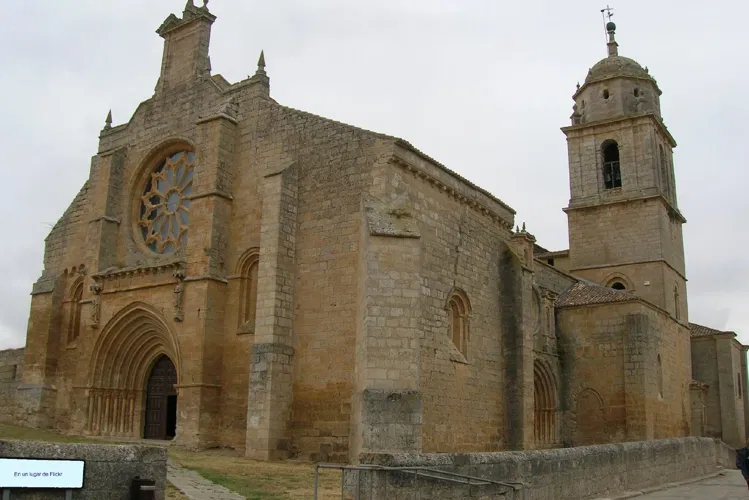
Collegiate of Santa María del Manzano
CastrojerizThe main portal of the Church of Nuestra Se ora del Manzano is a significant feature, showcasing Gothic architecture. It is located at the foot of the temple and is designed in the style of a flared bow with Archivolts and baquetones. The bases and capitals feature plant motifs. On either side of the portal, visitors can admire two stone sculptures from the thirteenth century, representing the Virgin Mary and the Archangel Gabriel.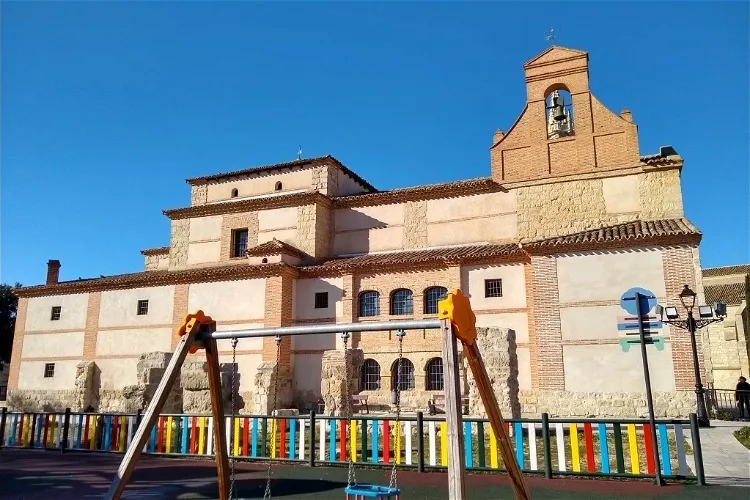
Museo de Arte Sacro
Ampudia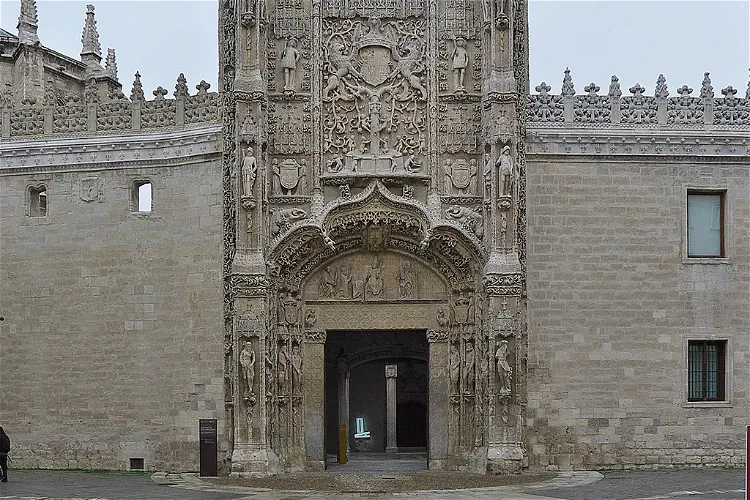
National Museum of Sculpture
ValladolidThe Museo Nacional Colegio de San Gregorio, located in Valladolid, Spain, is a museum dedicated to religious sculptures and portraits. It offers a unique opportunity to explore the rich history and culture of Spain through its religious art.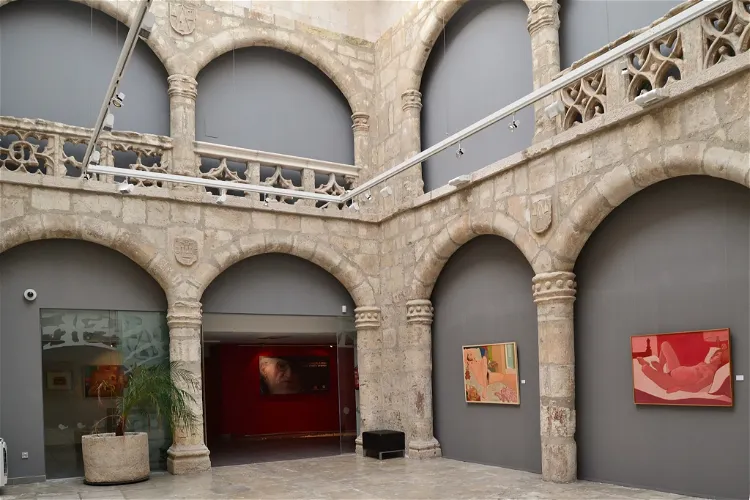
Museo Anatómico
ValladolidThe Museo de la Universidad de Valladolid (MUVa) is a museum located in Valladolid, in the autonomous community of Castilla y León, Spain. It is managed by the University of Valladolid and houses various collections of historical, artistic, and scientific value. The museum's official address is in the Palacio de Santa Cruz, the first Renaissance building constructed in Spain.
Museum of San Antolin
TordesillasThe Museum of San Antolin is situated in the ancient San Antolin church and parish in the town of Tordesillas, within the province of Valladolid, in the autonomous community of Castile and Leon, Spain. This location offers a unique blend of historical and cultural significance, making it an interesting destination for tourists.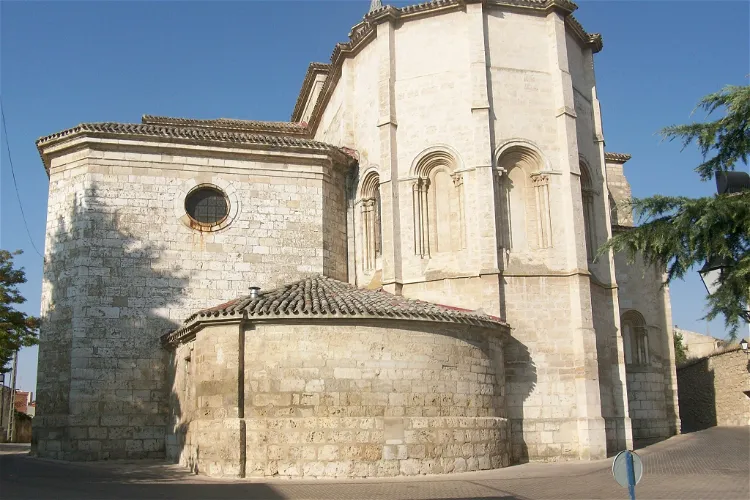
Church of Santa María de la Asunción
DueñasThe Church of Santa María de la Asunción is a significant Catholic place of worship located in the Plaza de la Paz in Dueñas, Spain. This church is part of the historic and artistic ensemble that makes up the historic center of Dueñas. It is a place of great historical and architectural interest, making it a worthwhile stop for tourists visiting the area.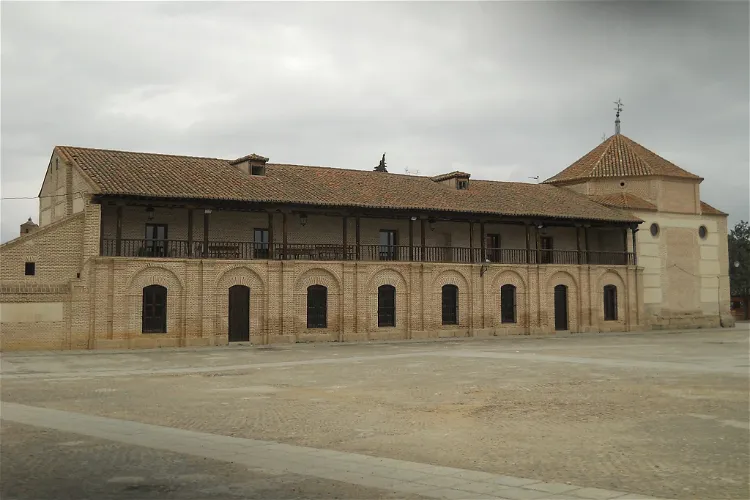
Hospital of la Purísima Concepción
Madrigal de las Altas Torres
Testamentary Real Palace
Medina del CampoToday, the Testamentary Royal Palace serves as an interpretive center dedicated to the life and times of Queen Isabella the Catholic. Visitors can immerse themselves in the history of this influential queen and her era. Special focus is given to the queen's will and codicil, as well as Christopher Columbus's Third Voyage, providing a comprehensive understanding of this pivotal period in history.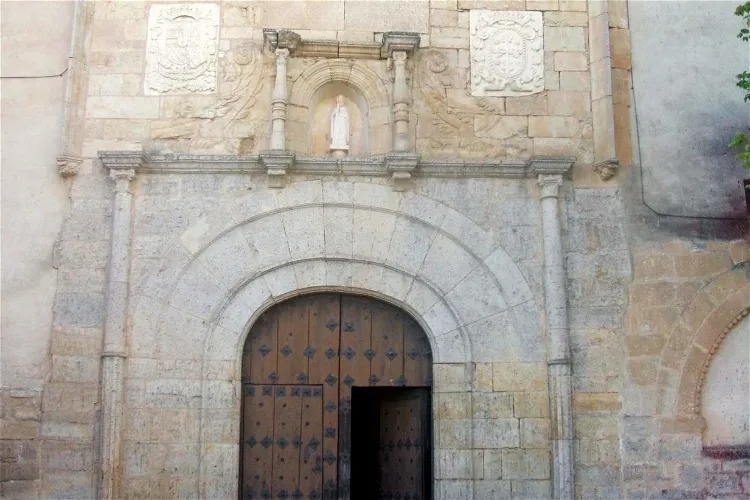
Regional Museum of Sacred Art
Peñafiel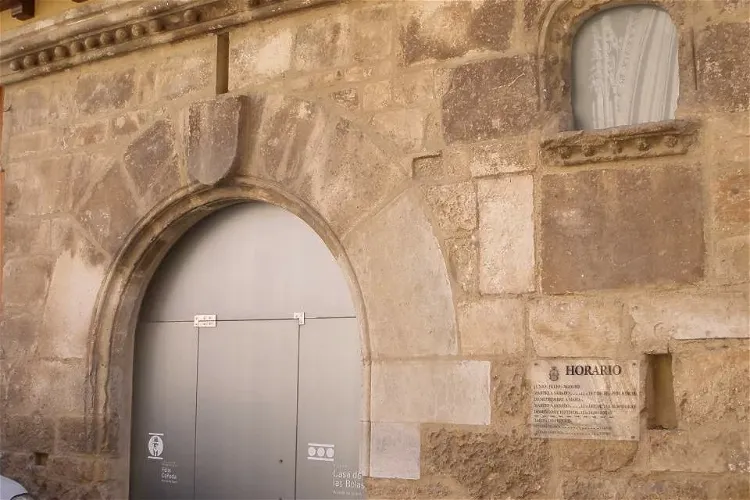
Casa de las Bolas Museum
Aranda de DueroThe Casa de las Bolas Museum in Aranda de Duero, Burgos, is home to a collection of European paintings spanning from the 17th to the 20th century. These works were generously donated to the City Council by mining engineer Félix Cañada Guerrero, who spent his childhood in the city. This collection provides a unique insight into the evolution of European art over several centuries.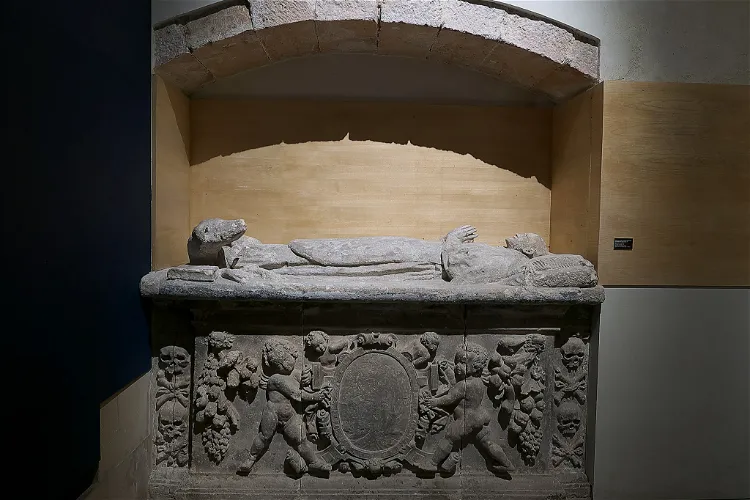
Museum de Los Fueros
Sepúlveda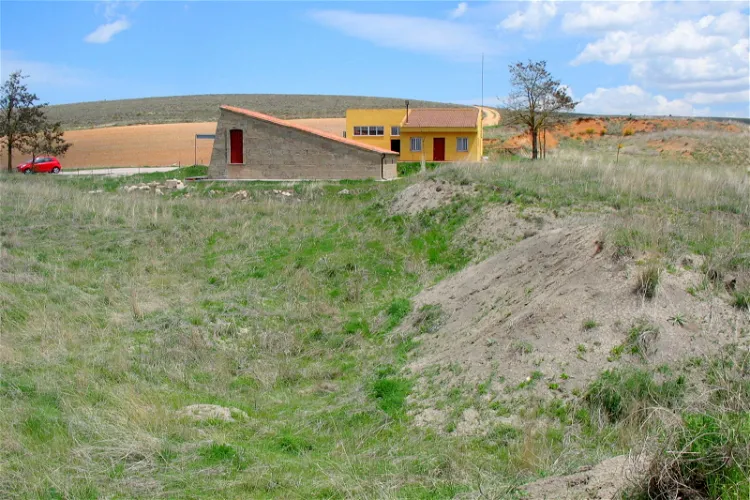
Torralba and Ambrona (archaeological site)
Miño de MedinaceliThe excavations at Torralba and Ambrona have revealed a rich collection of animal bones and prehistoric tools. The remains of about 50 elephants, deer, rhinoceros, wild horses, and other animals have been discovered. In addition to these, archaeologists have found a variety of stone tools made from flint and quartzite. Interestingly, fragments of conically pointed wooden rods have also been unearthed, some of which show signs of having been used as thrusting or throwing weapons.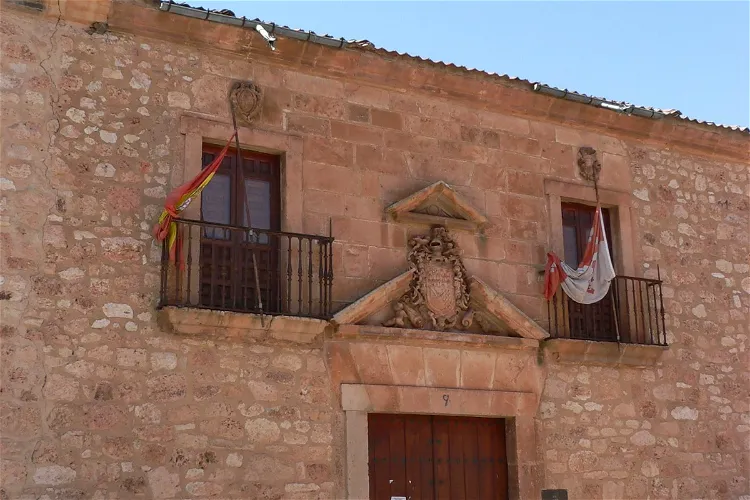
Palacio del Obispo Vellosillo
Ayllón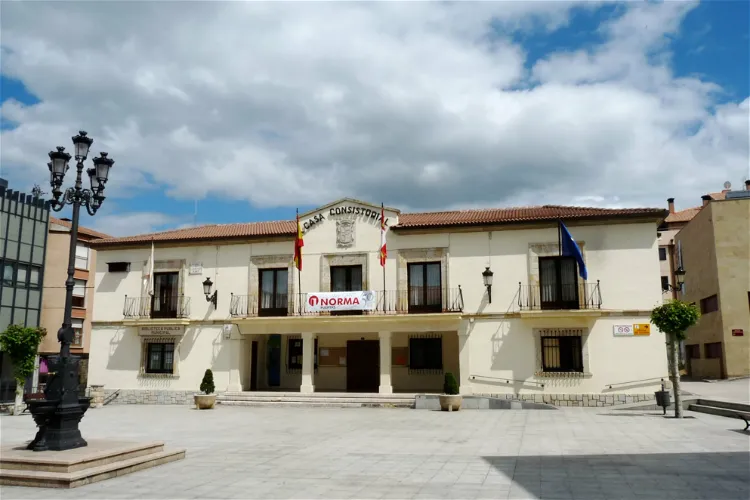
Museo Municipal de San Leonardo de Yagüe
San Leonardo de Yagüe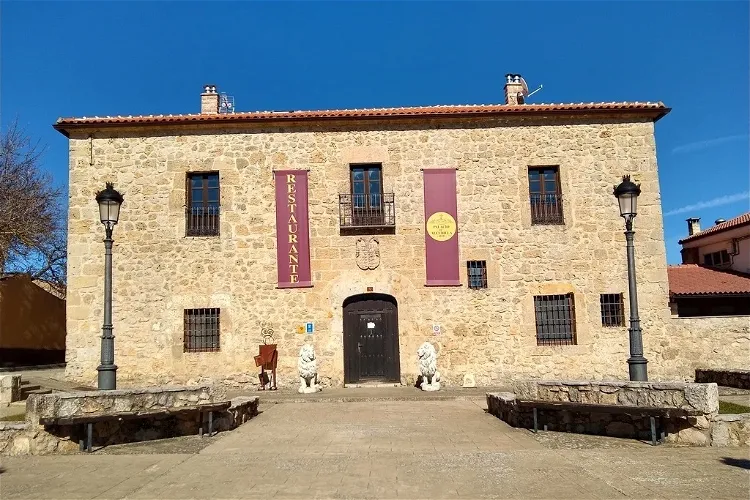
Palacio de los Avellaneda
Alcubilla de Avellaneda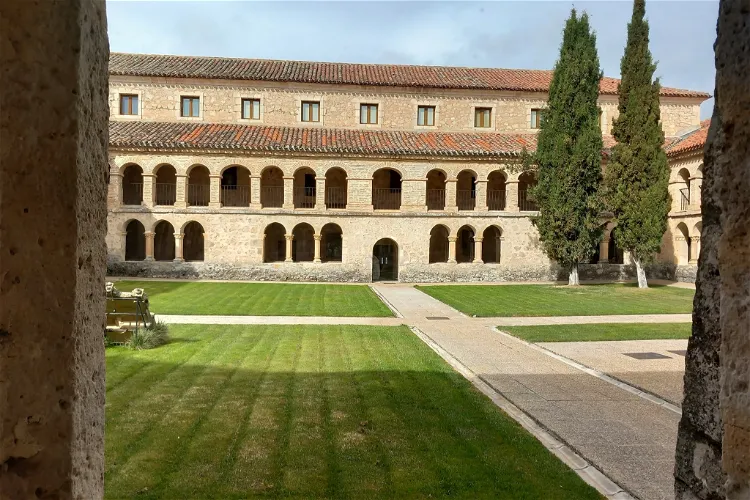
Monasterio de Santo Domingo
CaleruegaThe Real Monasterio de Santo Domingo de Guzmán is a significant historical site located in Caleruega, in the province of Burgos, Castilla y León, Spain. This location is known for its rich history and architectural beauty, making it a point of interest for tourists visiting the region.
Ethnology Museum of Barcelona
Barca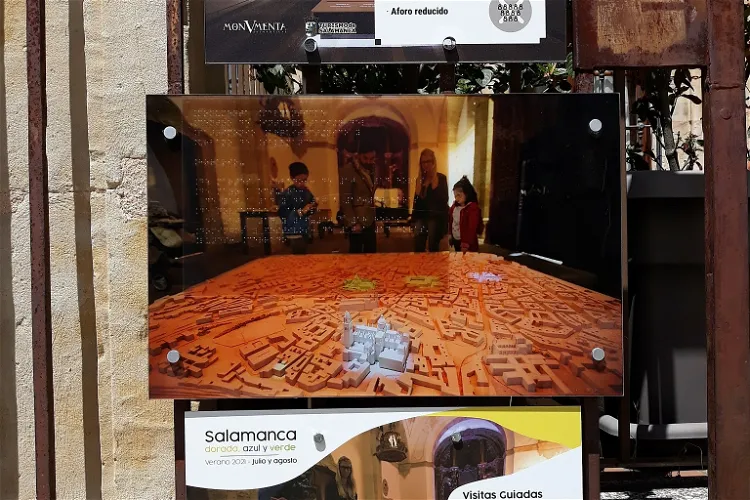
Monumenta Salmanticae
Salamanca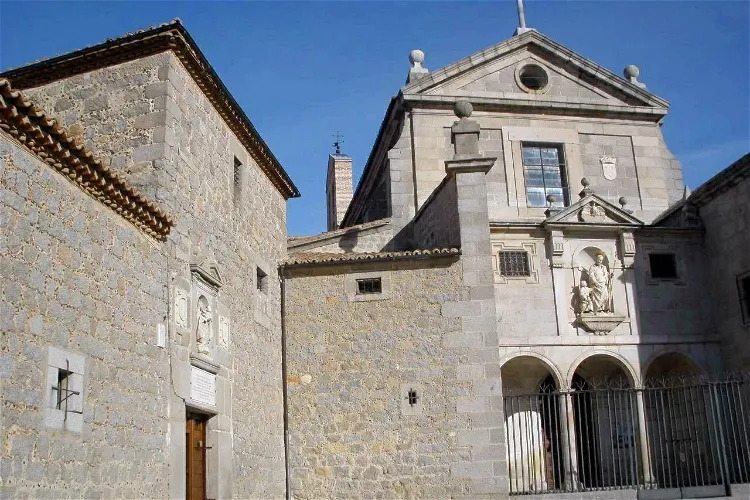
Convent of San José
ÁvilaThe Convento de San José, located in Ávila, Spain, is a monastery of Discalced Carmelite nuns. It is conveniently situated not far from the city center, providing easy access for visitors. However, it is positioned outside the medieval walls, offering a unique perspective of the city's historical architecture.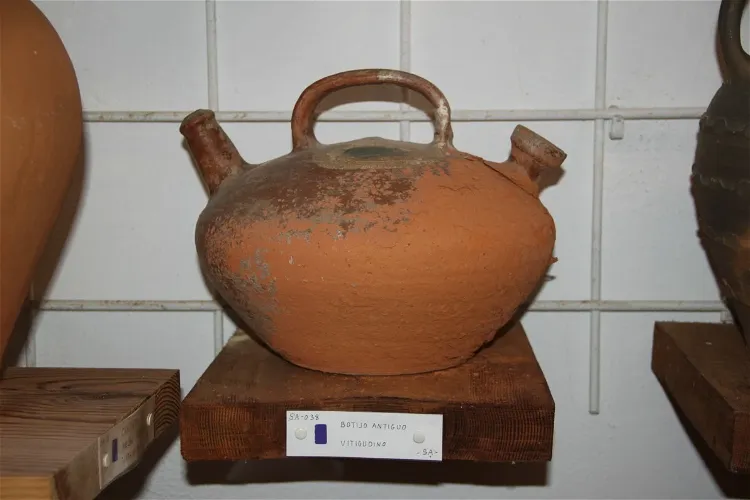
Pottery Museum
Alba de Tormes
Museum Teresiano
Alba de Tormes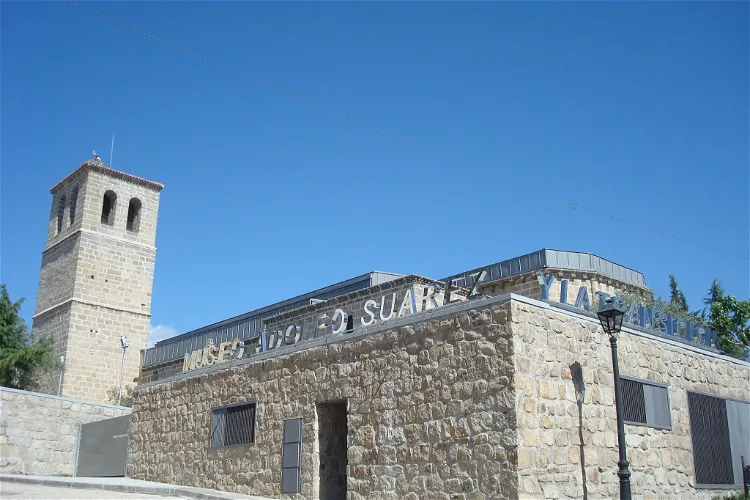
Adolfo Suárez Museum and Transicion
CebrerosThe Adolfo Suárez and Transition Museum (MAST) is a museum of contemporary history located in Cebreros, Ávila, Spain. It pays tribute to the former Prime Minister Adolfo Suárez and the people who fought for the arrival of democracy in Spain. The museum is a testament to the historical process of the Spanish Transition and is a tribute to all those who worked and fought for the arrival of Democracy.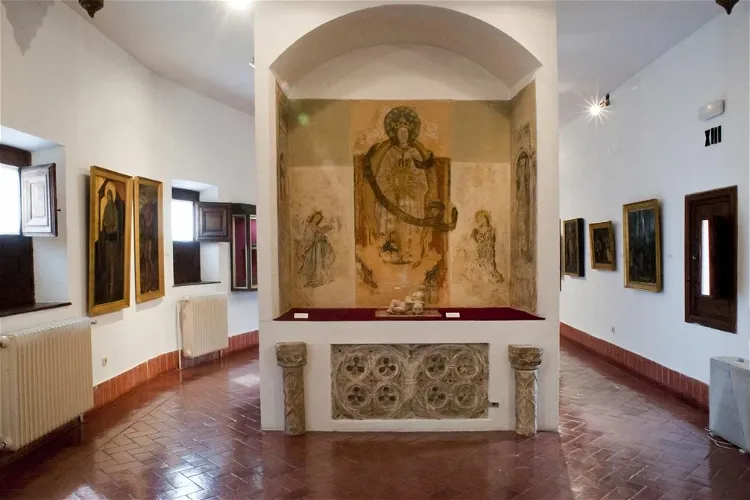
Museo Arqueológico de Valladolid
ValladolidThe Valladolid Museum, established in 1879, is housed in the Fabio Nelli Palace in Valladolid. This historic location has been the museum's home since the 1960s, providing a unique setting for the museum's extensive collections.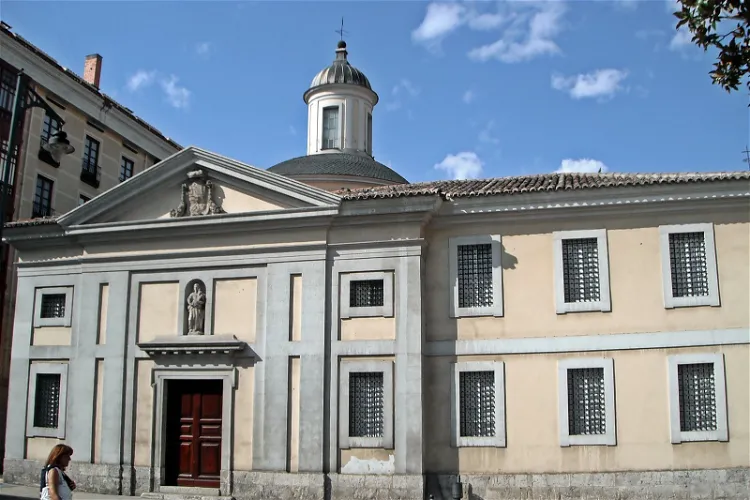
Real Monasterio de San Joaquín y Santa Ana
ValladolidThe Museum of the Monastery of San Joaquin and Santa Ana is a sacred art museum located within the church of the Royal Monastery of San Joaquin and Santa Ana in Valladolid, Spain. This museum houses valuable pieces of Spanish Baroque sculpture and is a significant cultural and historical site.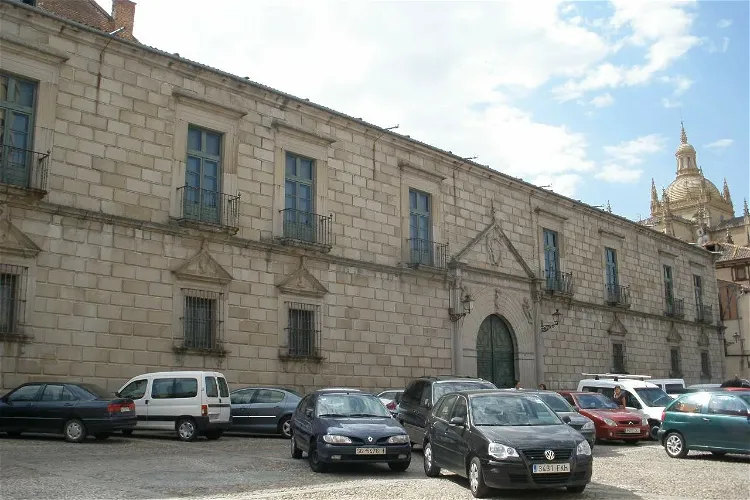
Episcopal Palace of Segovia
Segovia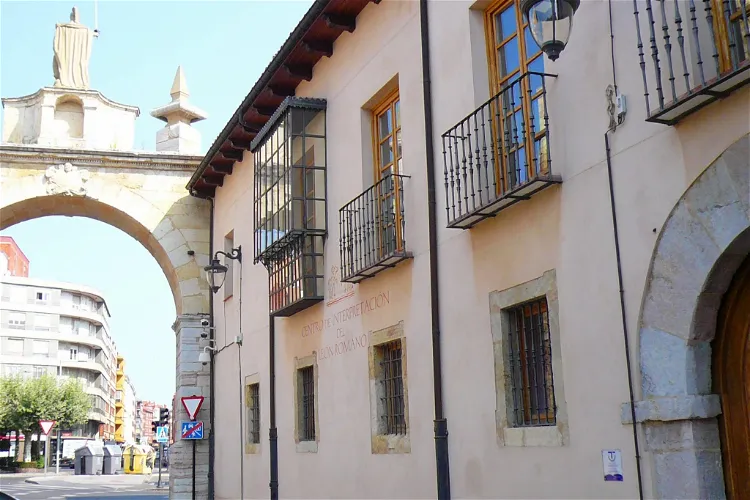
Interpretation Center of the León Roman
León
Campana del Concejo
Riaño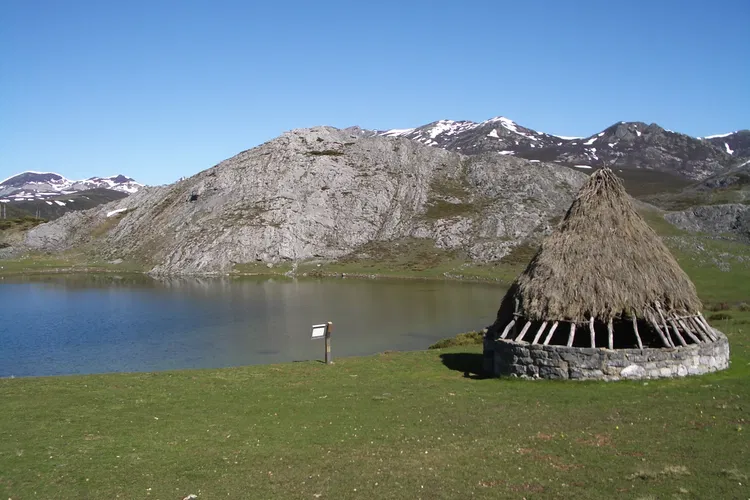
Livestock crush
RiañoA potro de herrar is a structure traditionally used in rural Spain to hold horses, donkeys, or even cows in place for shoeing or treatment. This structure is typically composed of four vertical posts made of stone or wood, supporting wooden beams that allow the animals to be properly tied. The various parts of the potro include a yoke with straps for the animal's neck, hooks for the straps or cords that pass under the animal's belly, and a lever that is passed in front of the hind legs under the belly of the animal and is fitted on both sides to the rear posts.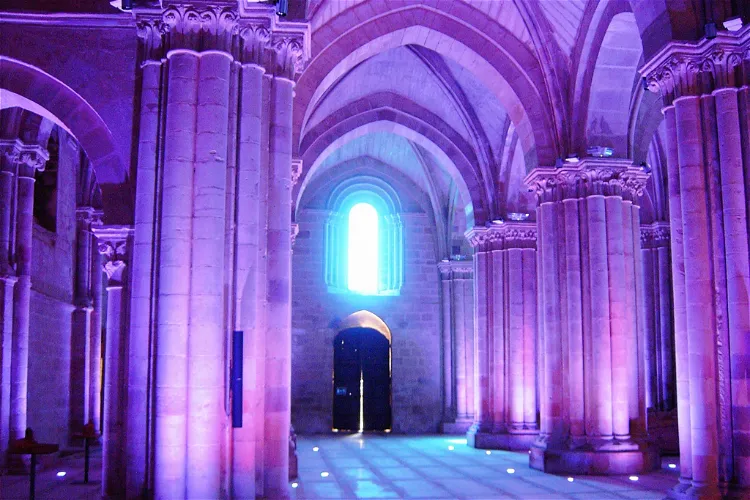
Rom Exhibition Center Museum
Aguilar de Campoo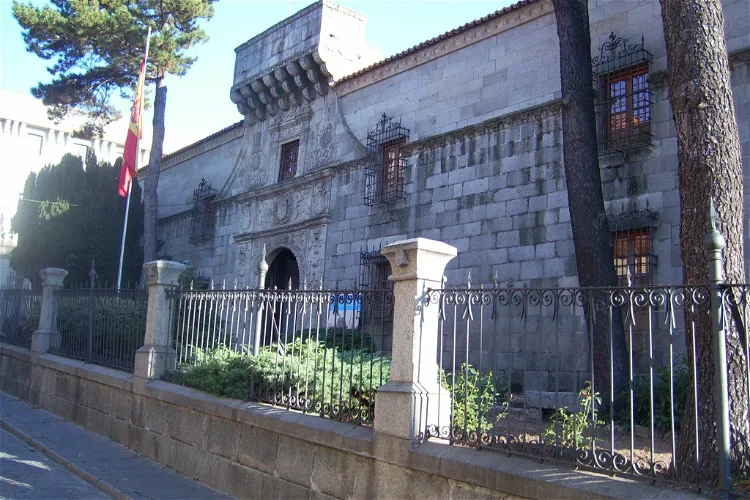
Museo de Intendencia
Ávila
Monastery of Santa María de Huerta
Santa María de HuertaThe Monastery of Santa María de Huerta, located in Santa María de Huerta, Spain, is a historical site with a rich past. Originally a Cistercian abbey, it is now home to a Trappist community. The monastery was founded in 1144 and has endured through various historical periods, including the Mendizábal confiscation in 1835. It was reoccupied by a Cistercian monastic community in 1930, this time following the strict observance.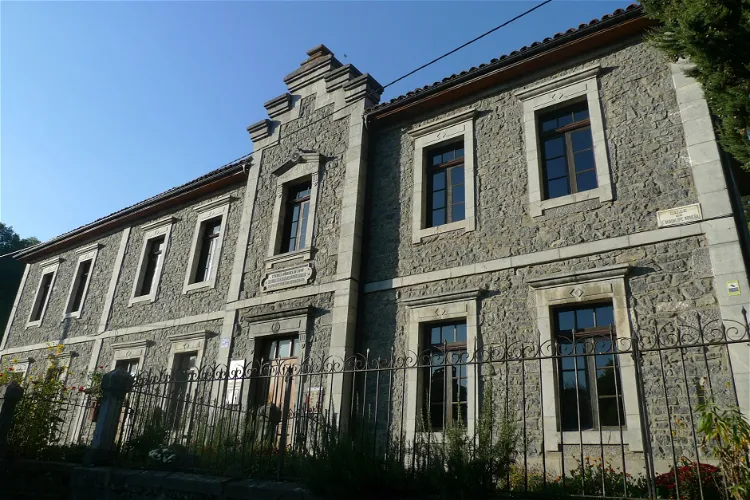
Museo Escuela Félix de Martino
Oseja de Sajambre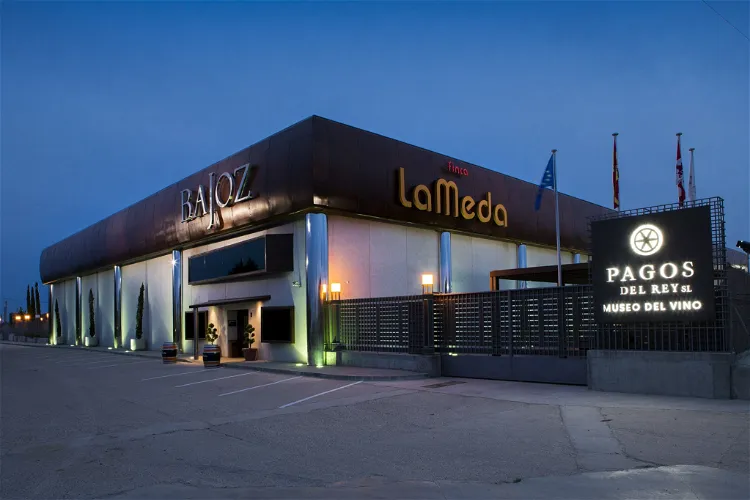
Pagos del Rey Wine Museum
Morales de ToroThe Pagos del Rey Wine Museum is a wine museum situated in Morales de Toro, Zamora. It is dedicated to the promotion and dissemination of the culture, history, and tradition of wine. The museum is an excellent place for wine enthusiasts and those interested in learning more about the rich history and tradition of wine production.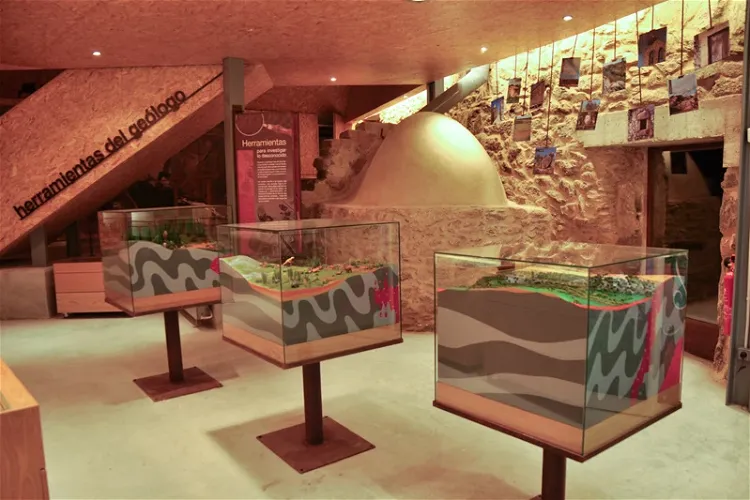
Museo de la Falla
Juzbado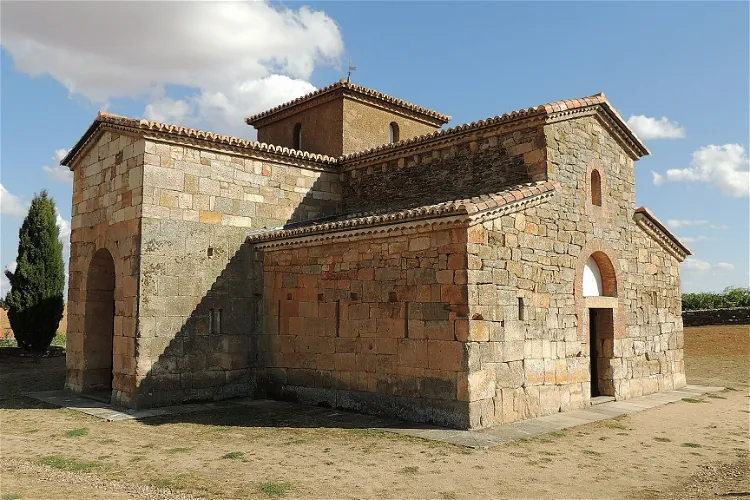
Church of San Pedro de la Nave
San Pedro de la Nave-Almendra- 129
Railway Museum
CompostillaMuseum made of old railway station, a property of Ponferrada Mining and Steelworks company, tells a story of railway history. - 130
Centro Temático del Palomar
Santoyo - 131
Museo Pedagógico La Última Escuela
Torreiglesias - 132
Museo Etnográfico de Otones de Benjumea
Torreiglesias - 133
Centro de visitantes Necrópolis del Alto Arlanza
Palacios de la Sierra - 134
Museo Taurino
Salamanca - 135
Casa de los Condes
Lumbrales - 136
Museo del Traje
La Alberca - 137
Museo Etnográfico "Casa de las Artesanías"
Mogarraz - 138
Museo del Juguete
Poyales del Hoyo - 139
Holy Week Brotherhoods Museum
Ponferrada - 140
Museo Etnográfico de Rabanales
Rabanales - 141
Museo Casa de los Frailes
Vilvestre - 142
Ethnographic Museum Montaña de Riaño
Riaño - 143
Museo Etnográfico de la Merindad de Sotoscueva
Merindad de Sotoscueva - 144
Museo de la Indumentaria Tradicional Leonesa
Valencia de Don Juan - 145
Museo del Canal
Villaumbrales - 146
Centro de Interpretación Arqueológica Desfiladero
Trespaderne - 147
Centro de Acceso a Los Yacimientos
Ibeas de Juarros - 148
Museo de Palenzuela
PalenzuelaThe Museo de Palenzuela is a museum situated in the tranquil and rural town of Palenzuela. This location offers a peaceful and authentic experience for visitors who are interested in exploring the local culture and history. - 149
Museum and Didactic Center of the Lace of Castilla y León
Tordesillas - 150
Casa de la Ribera Museum
Peñafiel - 151
Museo Etnográfico
NavafríaEl Martinete de Navafría, located in Segovia, Spain, is a preindustrial establishment that was used for beating and shaping copper. The facility was powered by hydraulic energy, which was obtained by transmitting the force of water to a wheel. This wheel, through its rotation, would turn a shaft that moved the hammer used to strike and shape the mineral. - 152
Centro de Interpretación de San Baudelio
Berlanga de Duero - 153
Museo Etnográfico de Hontoria de Valdearados
Hontoria de Valdearados - 154
Museo Arqueológico de Lumbrales
Lumbrales - 155
Museo Etnográfico
Monsagro - 156
Rodera-Robles Museum
Segovia - 157
Centro de Interpretación de los Encierros
Cuéllar - 158
Ecomuseo - Centro de Interpretación del Valle Amblés
Muñogalindo - 159
Museo Etnológico El Lavadero
Navalperal de Pinares - 160
Museo Etnográfico Piedad Isla
Cervera de Pisuerga